Video Hall Way(s)
TriMania: Reboot
2025 -
Buffalo Arts Studio
(Video Surveillance Installation)


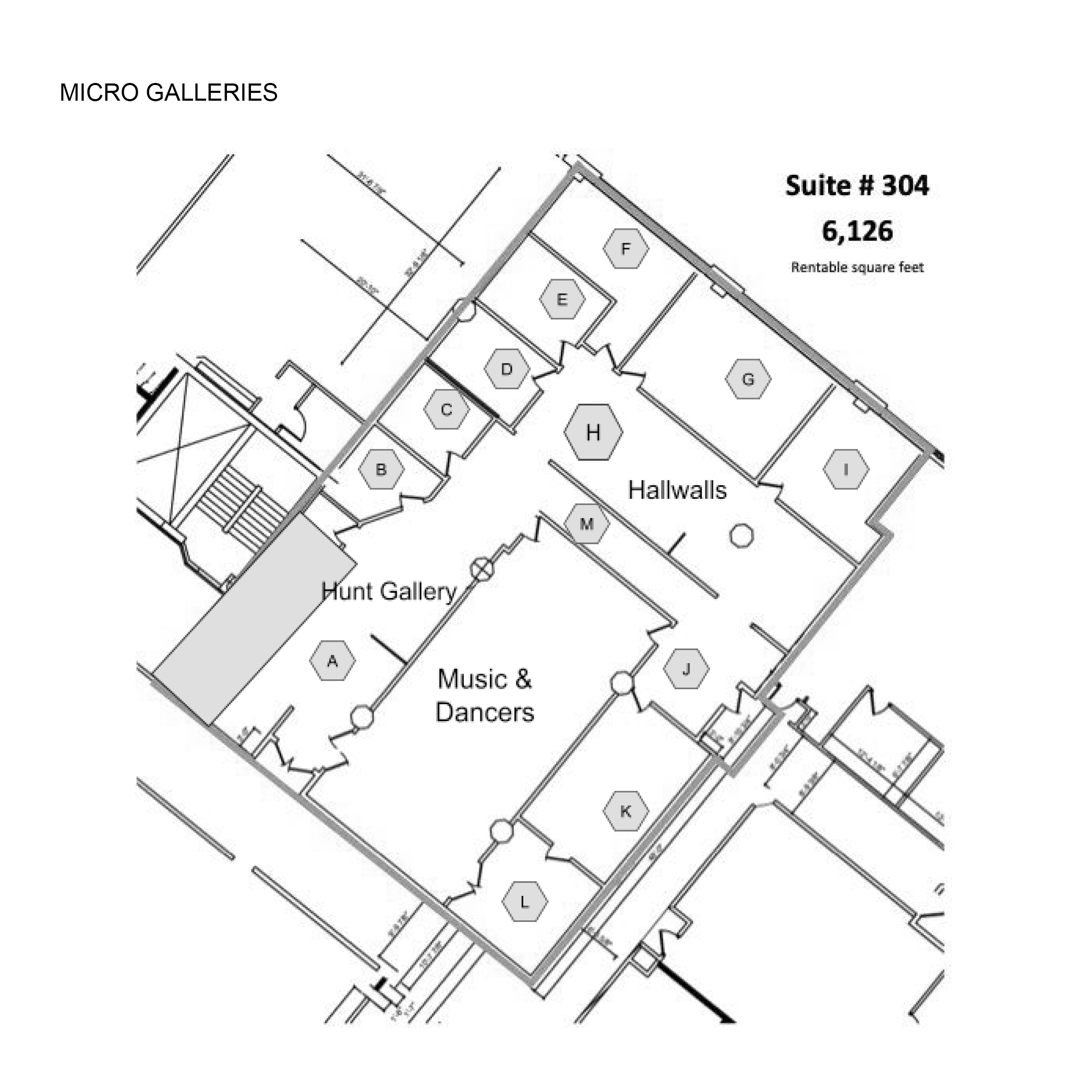
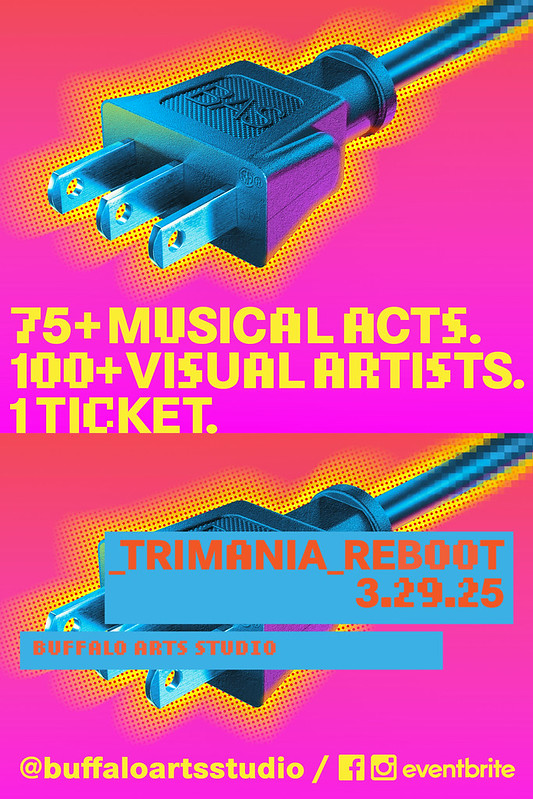
The installation took place in room K, Suite 304 of the Tri-Main Center, 2495 Main Street Buffalo, NY.
Exhibited on March 29th, 2025 during the building wide event known as Trimainia

Project Description
This multi-channel video art installation was situated in a room that functioned as a passage between two other art exhibit spaces. Embracing the transient function of the room, I aligned a 6 monitor against one side of the room, which did not obstruct a direct the pathway between the two door entry ways. Although this room is not specifically designed to be a hall way the phsyical presence and screen content configured the space into being a hallway. Keeping the installation to one side and using a wide angle camera to frame the room, transformed the room into a hallway that displayed video hallways.

Displayed were real-time video content using 5 Cathode Ray Tube (CRT) TVs, a 2011 iMac, and a GoPro Hero5. The computer screen displayed the Jitter Window output from a MAX patch that randomly played archival clips of TV ads and news from the 1980’s-90’s, that have been digitized from VHS records.
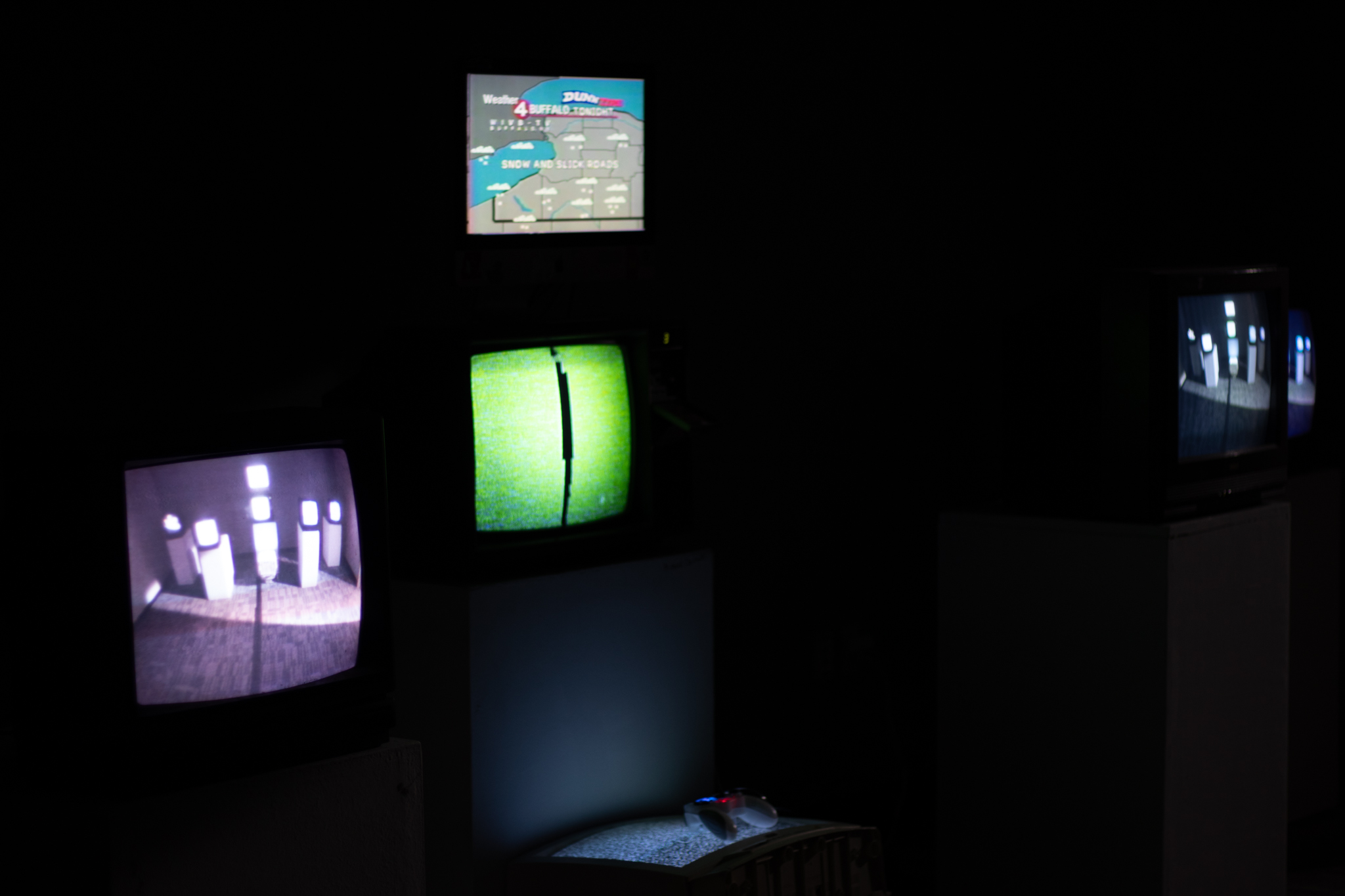
Five TVs showed closed circuit video feeds. A single HD video signal from a wall mounted GoPro were split and coverted to four plinth supported monitors, left and right of the center stack. The FaceTime webcam of the iMac was converted and sent to a vintage Zenith TV. A White RCA TV was left on, with its white noise emitting glowing illumination and was a table top for a game controller. The controller buttons could change the cycling and speed of the archival television clips.
Placing the iMac was atop the Zenith was intended to anchor a central stopping point for the isntallation. Visitors would be drawn into knowing more about the archival video, see themselves on the Zenith TV, and notice the game controller.




Audience Reaction
I explicity did not want to force visitors to stay in the room with the video installation. Audience goers were meant to stay for as long or little as they wanted. But by passing through the room everyone is surveilled and seen in the installation. They could experience the screens while moving quickly, slowly, or stopping at any point. I was curious to know how incoming foot traffic would be affected by the presence of real-time transmission of the video space.

Some individuals simply watched themselves passing through the room. Their image would travel across the screens as they physically crossed through the room. And while some kept moving briskly, others would keep moving but creep along, looking to verify the content of the screens.


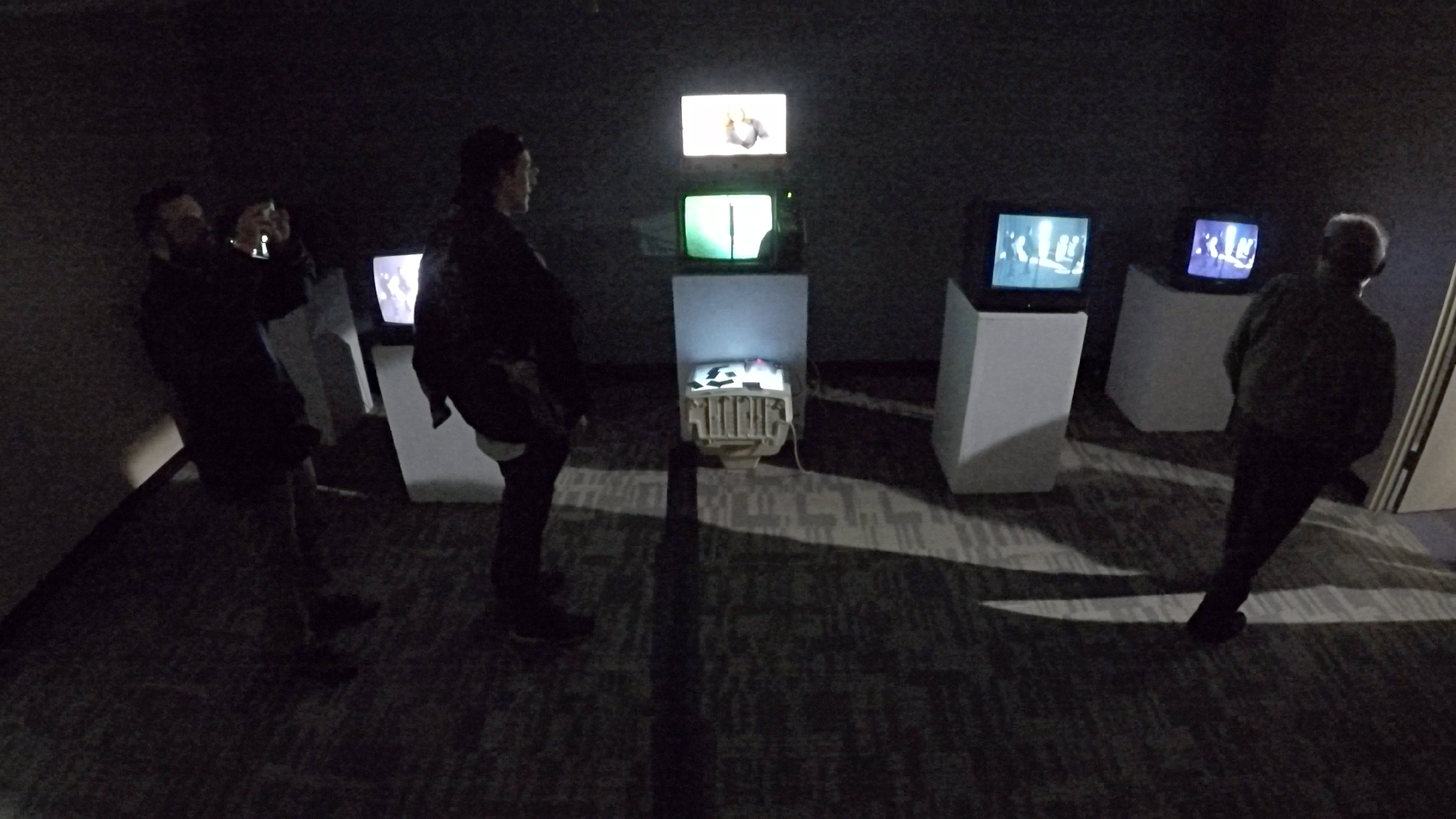

Those attending TriMania who stayed and interacted with the screens and cameras used the installation to record themselves. While the archival video content was interesting to some, the screens were largely functioned as a photo booth, with the screen being a portrait canvas for snapping photos and video clips with a smartphone. Visitors attended to both sides of the room in different ways by waving hands, posing, and dancing.
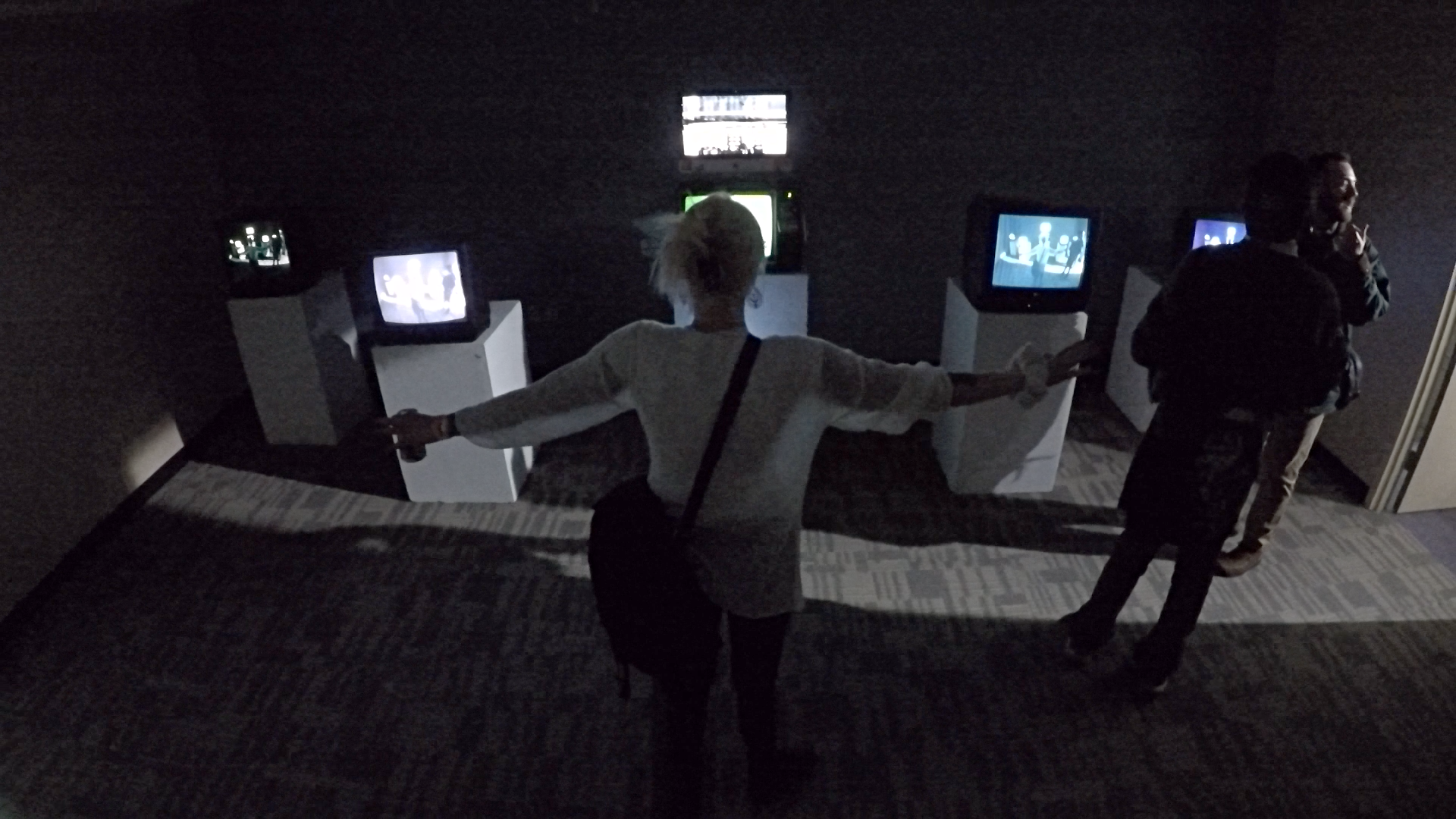

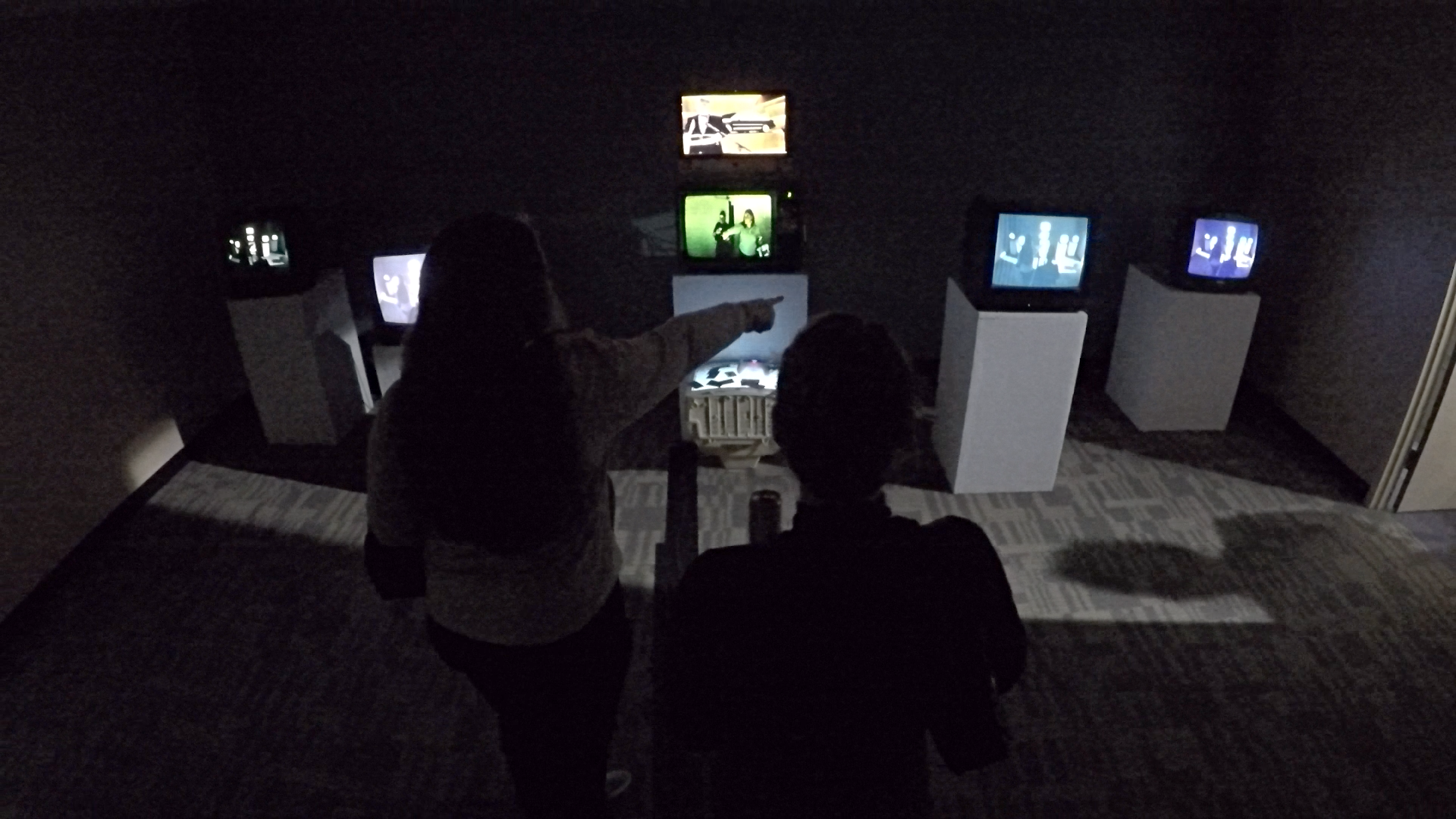


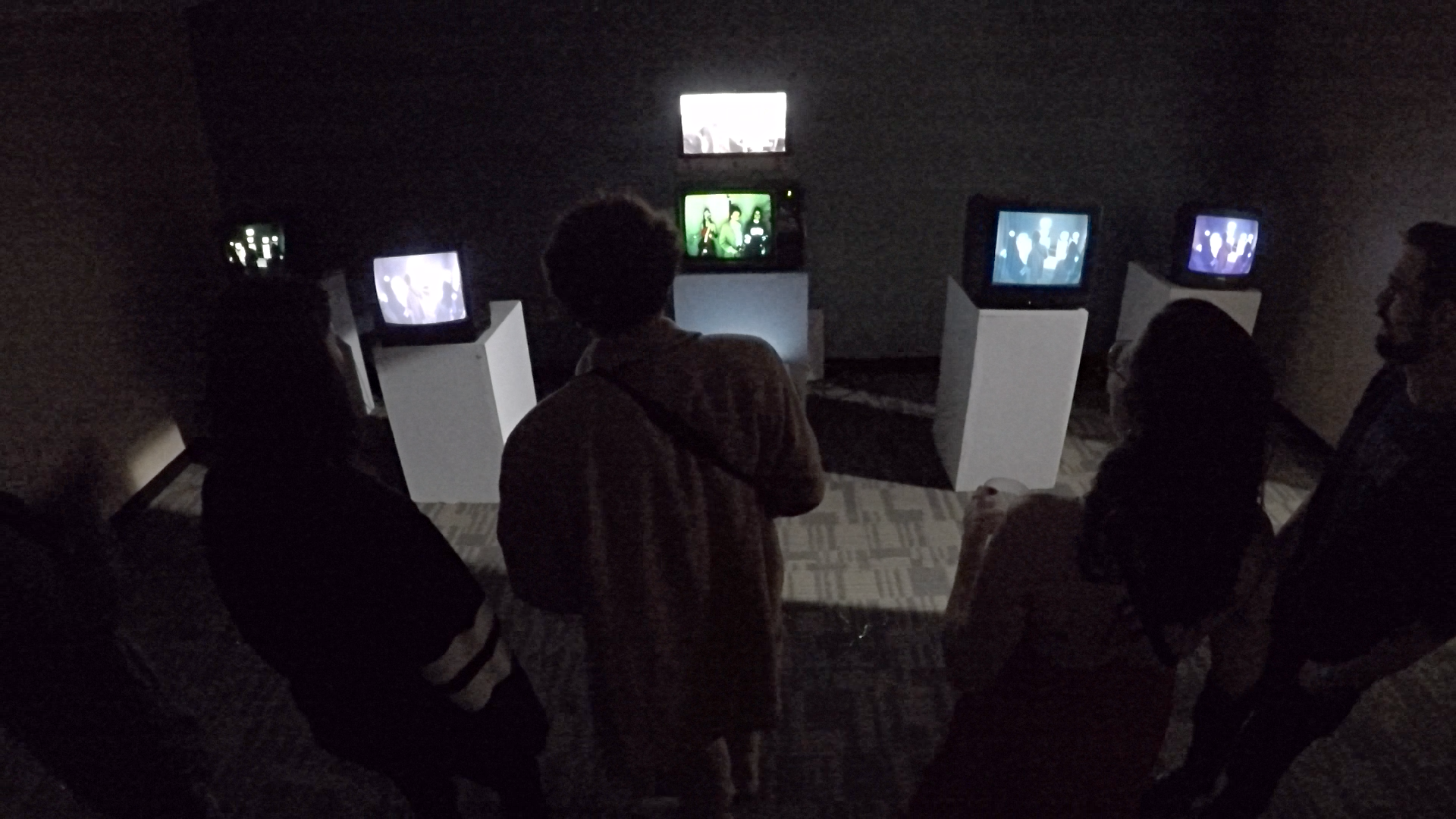
The iMac webcam feed attracted invidividuals, couples, and group photos. The webcam embedded into the computer screen was mysterious to many since the placement of analog and digital video content had switched places between the iMac and Zenith TV. The viewers look and inevitably locate the camera that is right in front of them using a finger.
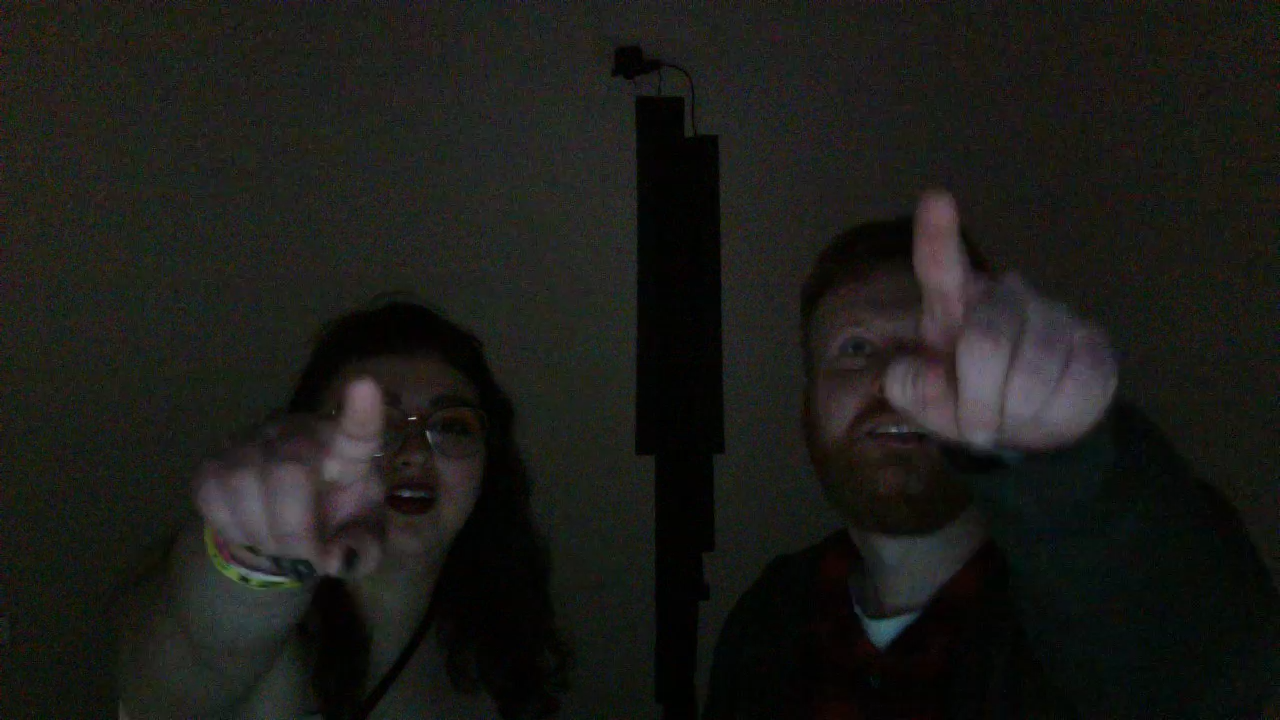



Silas Rubeck
The webcam had a choppy frame rate and fluctuating RGB white balance which were percieved to be a filter effect that was novel and spooky. Less useful as a video recording, the low frame rate makes the quicktime video capture better for extracting individual video frames as photos. The center of the hallway is a kind of photo booth for visitors who are recorded while photographing the screen or just plainly posing for the camera.



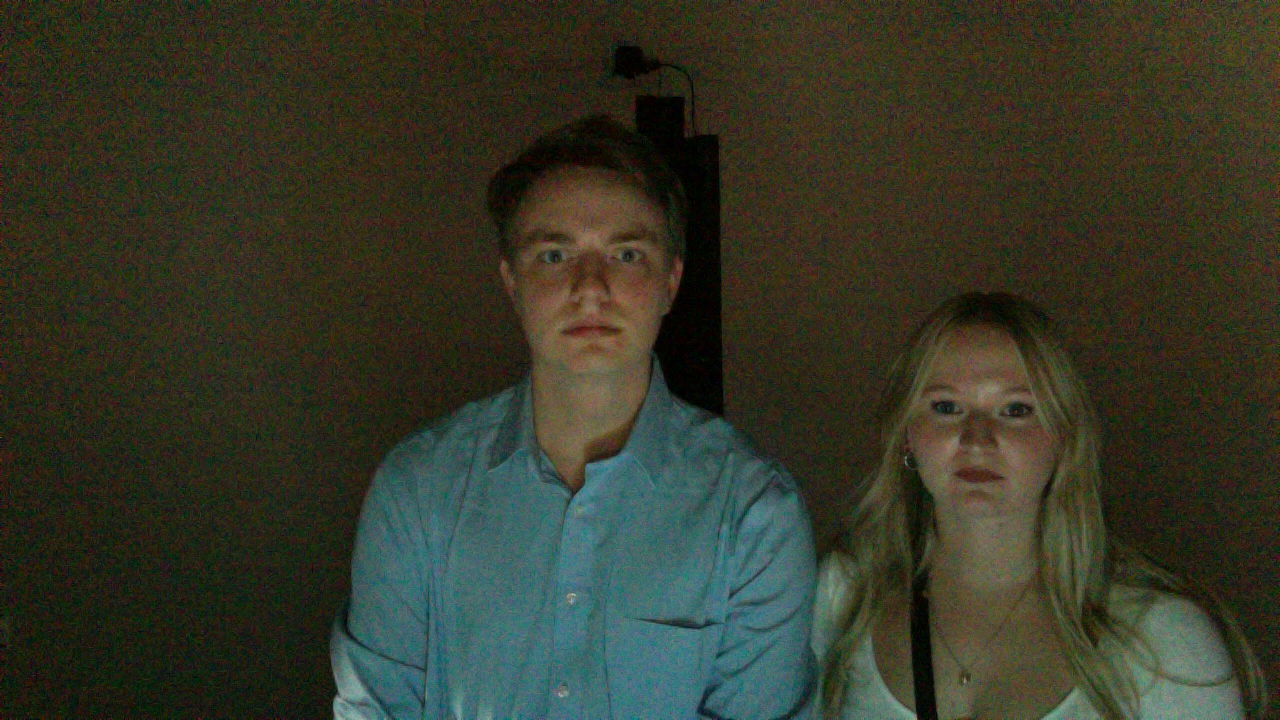

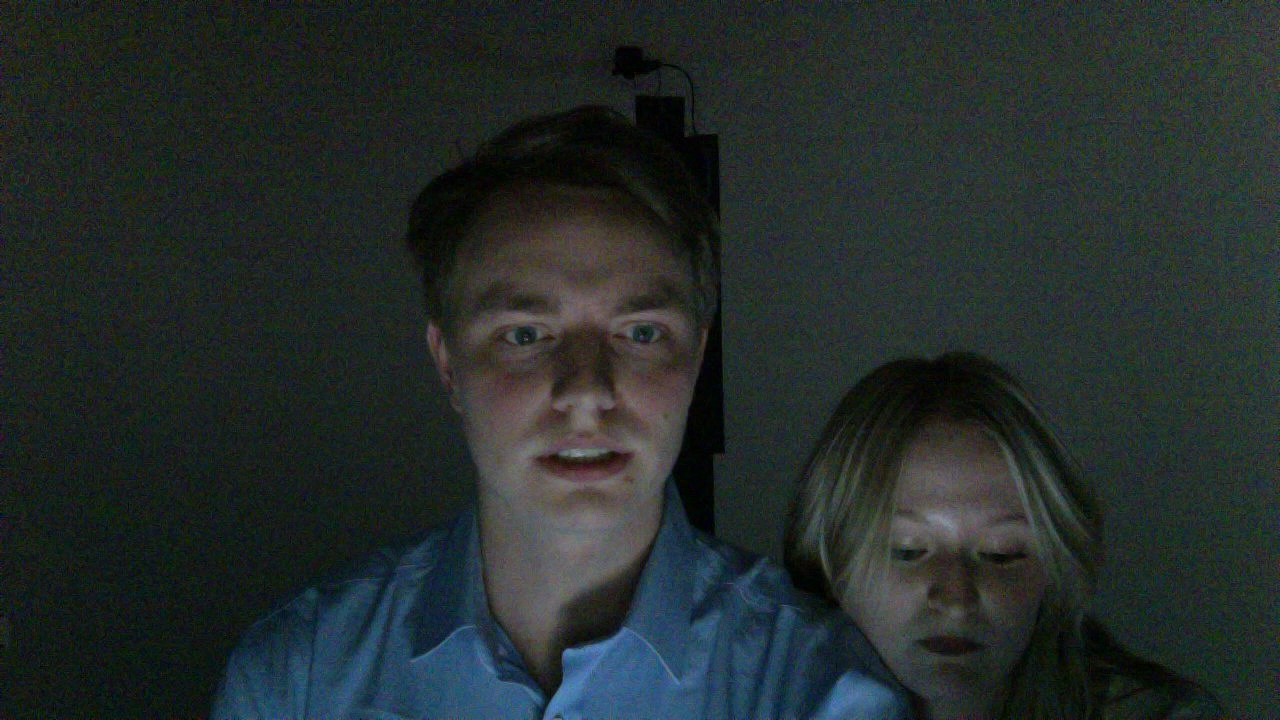


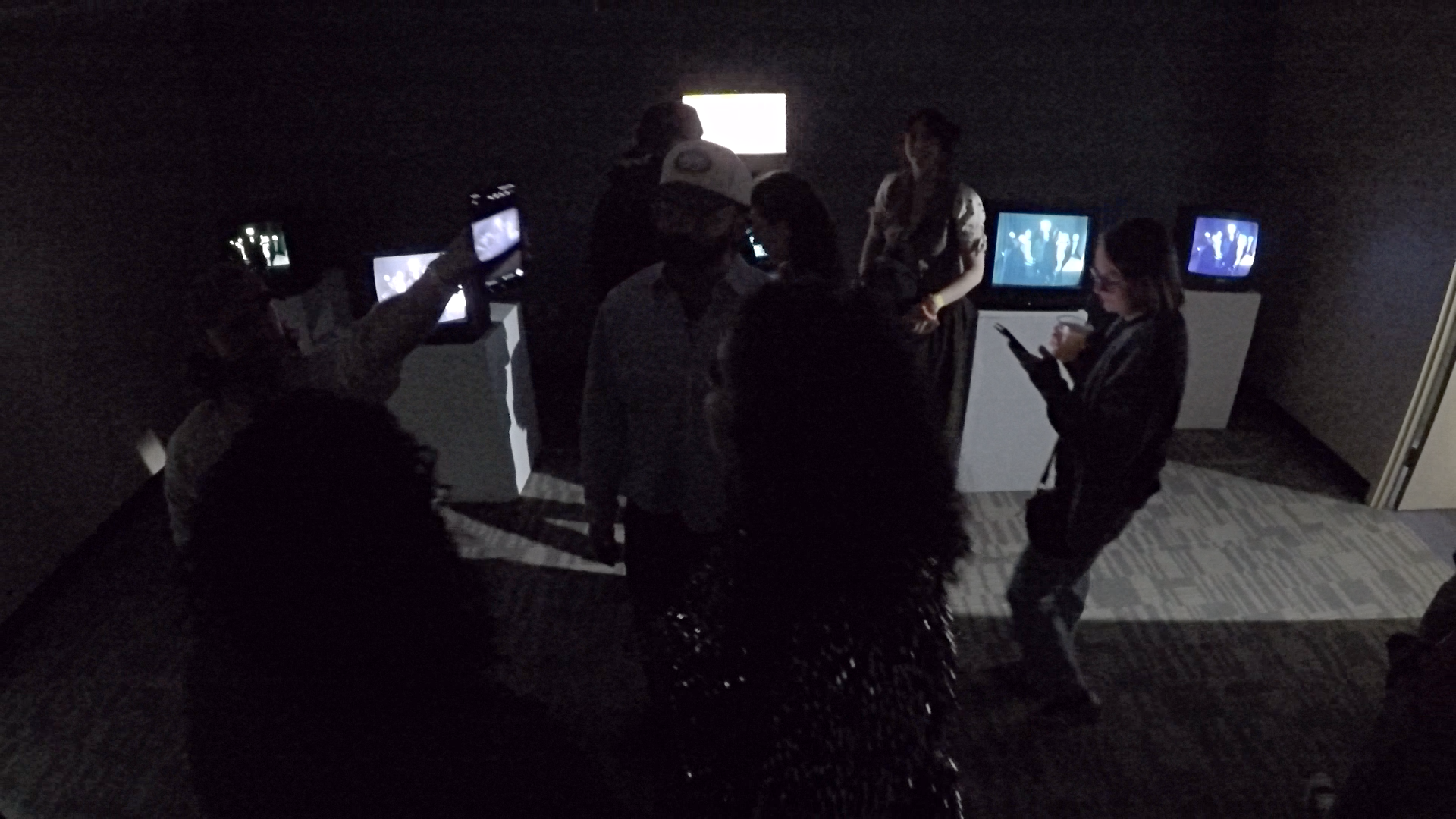
On the other side of the room, audience members addressed the GoPro camera. They’d make their appearance more prominent in the space by getting close up to the lens to show their face and hands. Then a friend would take a picture on a CRT.


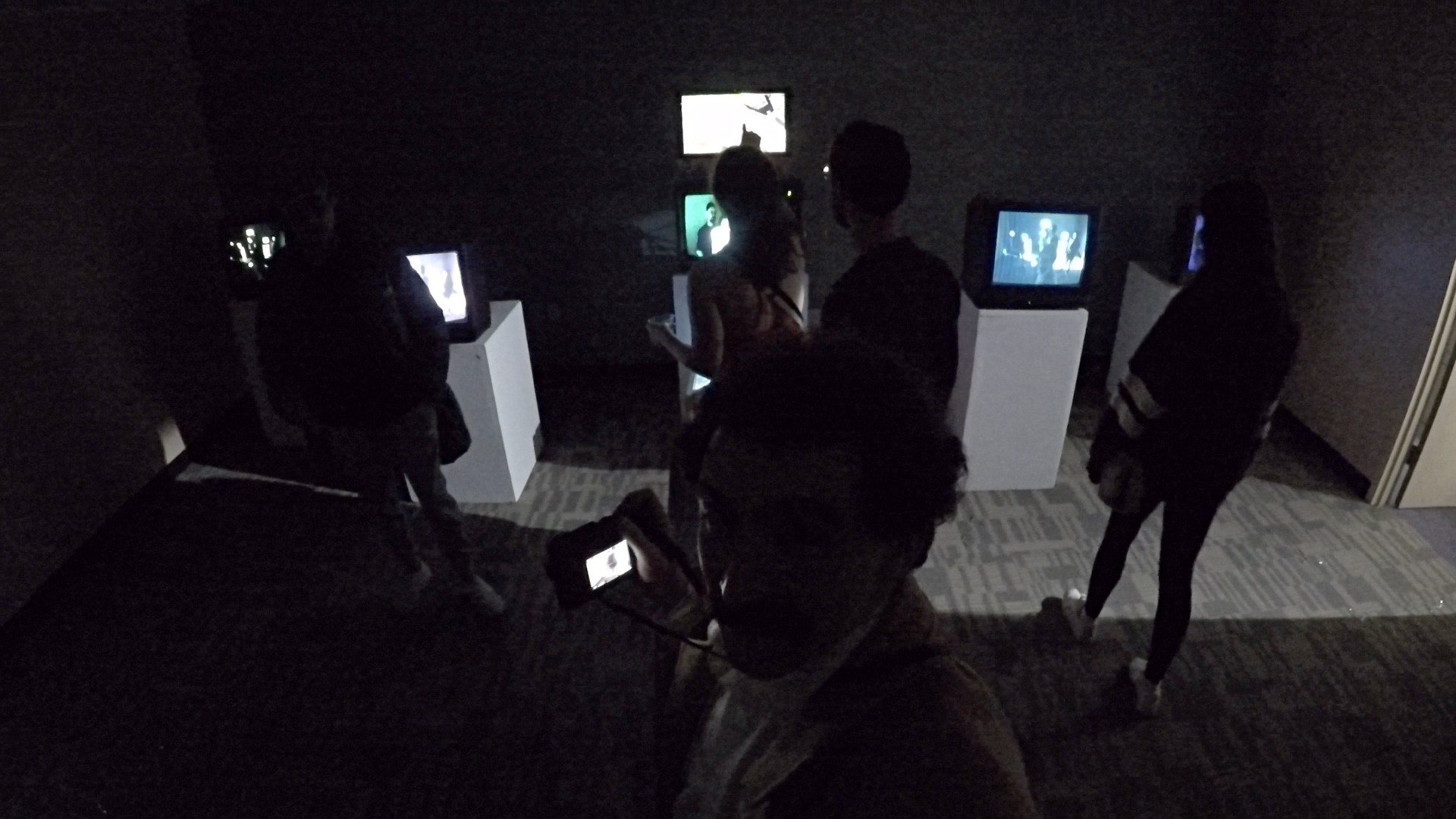



In an open surveillance video environment where the screen is both a viewing object and subject, people document the installation in order to record themselves. The ephemera of an analog video monitor is a novel experience whose effects prompt us to record ourselves as we appear on a screen. But individuals do not only record themselves but also bystanders who are observing both the technology and visual content of the monitors.
Video Hall Way(s) is an achievement that leverages the unfixed viewing style of video art through interior spatial qualities that compliment the changing speed of bodily movement of the audience and the refreshing of screen information. Like a window we choose if we want to look into it to see something. When it is old media or a self-image we like to say put rather than passing by.
![]()
![]()
![]()
Video Hall Way(s) is an achievement that leverages the unfixed viewing style of video art through interior spatial qualities that compliment the changing speed of bodily movement of the audience and the refreshing of screen information. Like a window we choose if we want to look into it to see something. When it is old media or a self-image we like to say put rather than passing by.
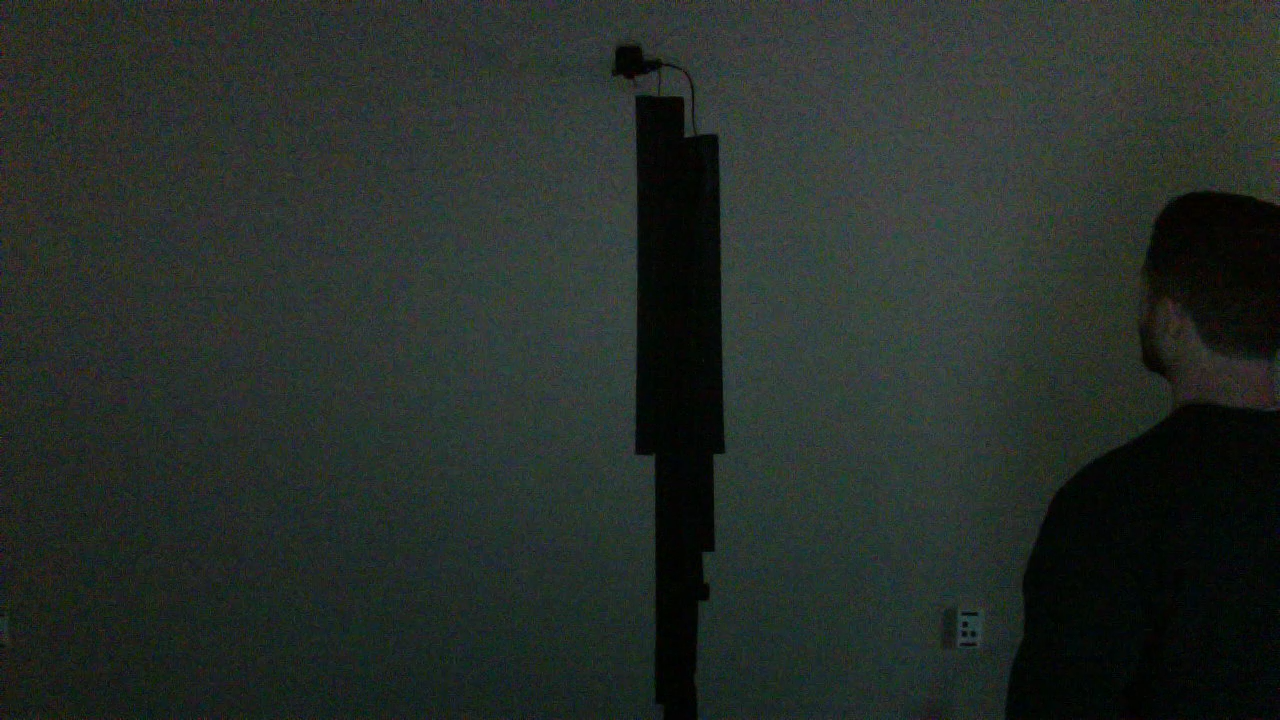

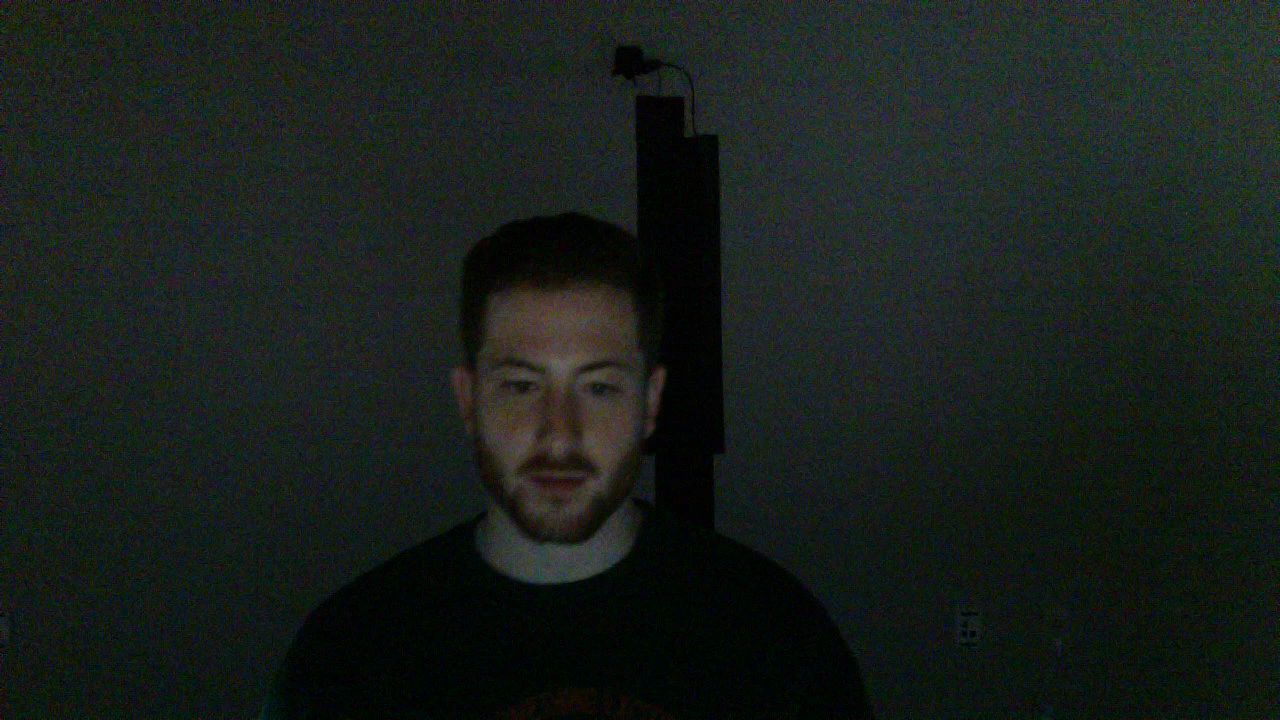
Robert Rusch
iMac Video Capture Stills
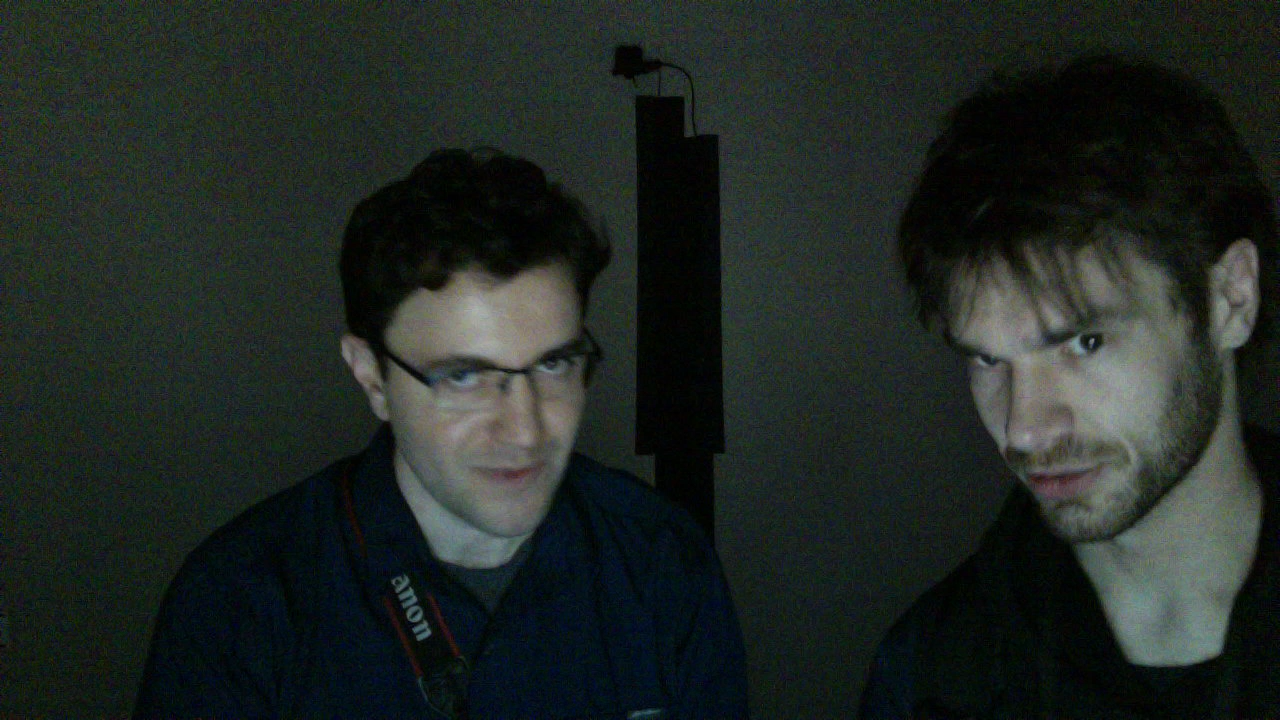

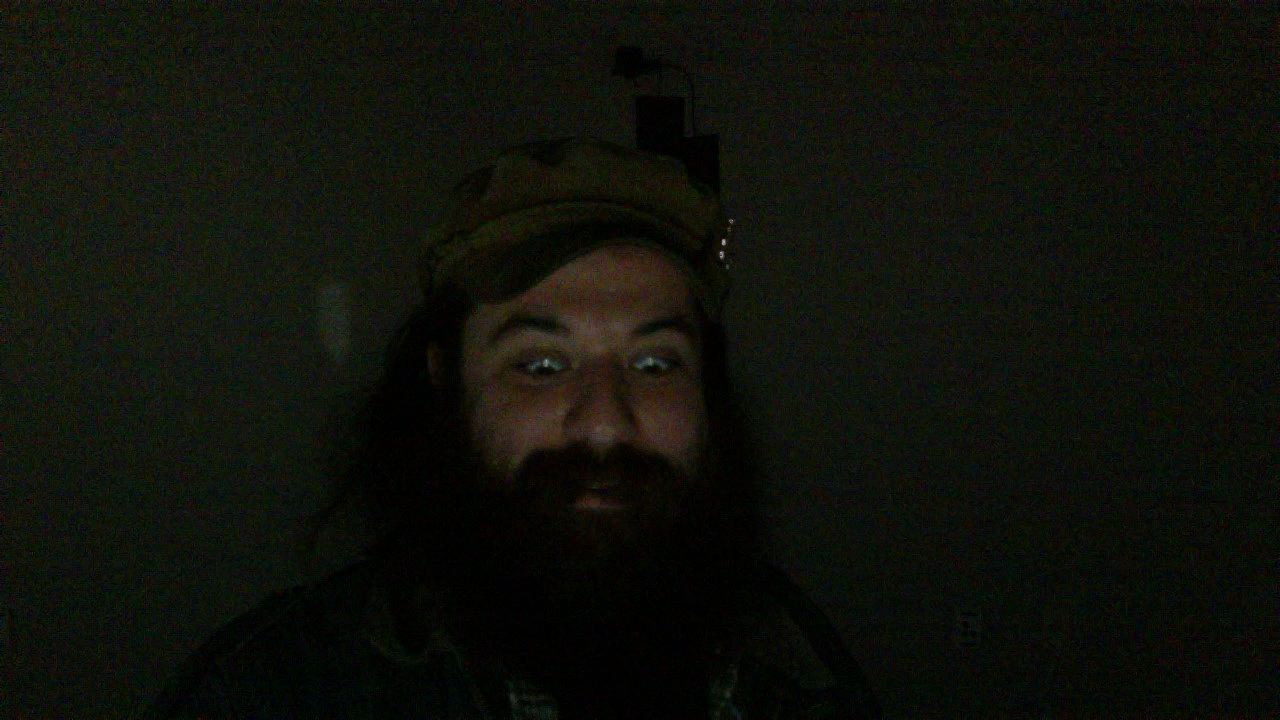
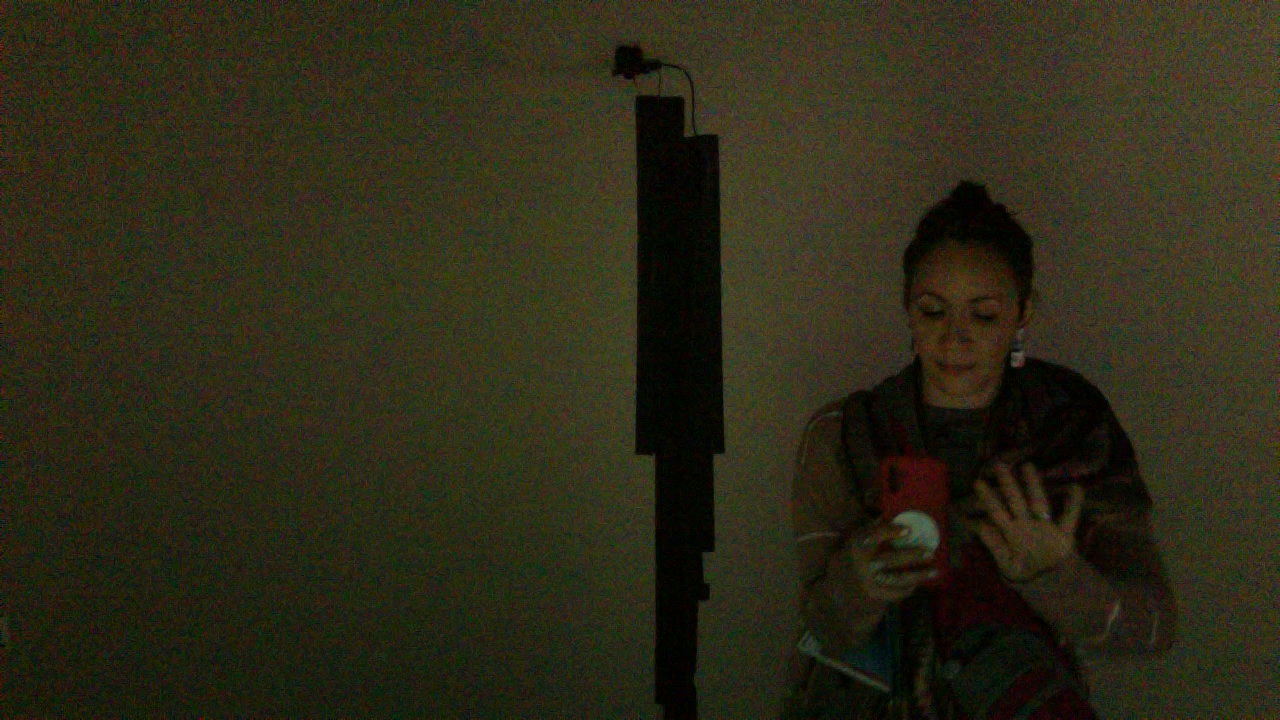






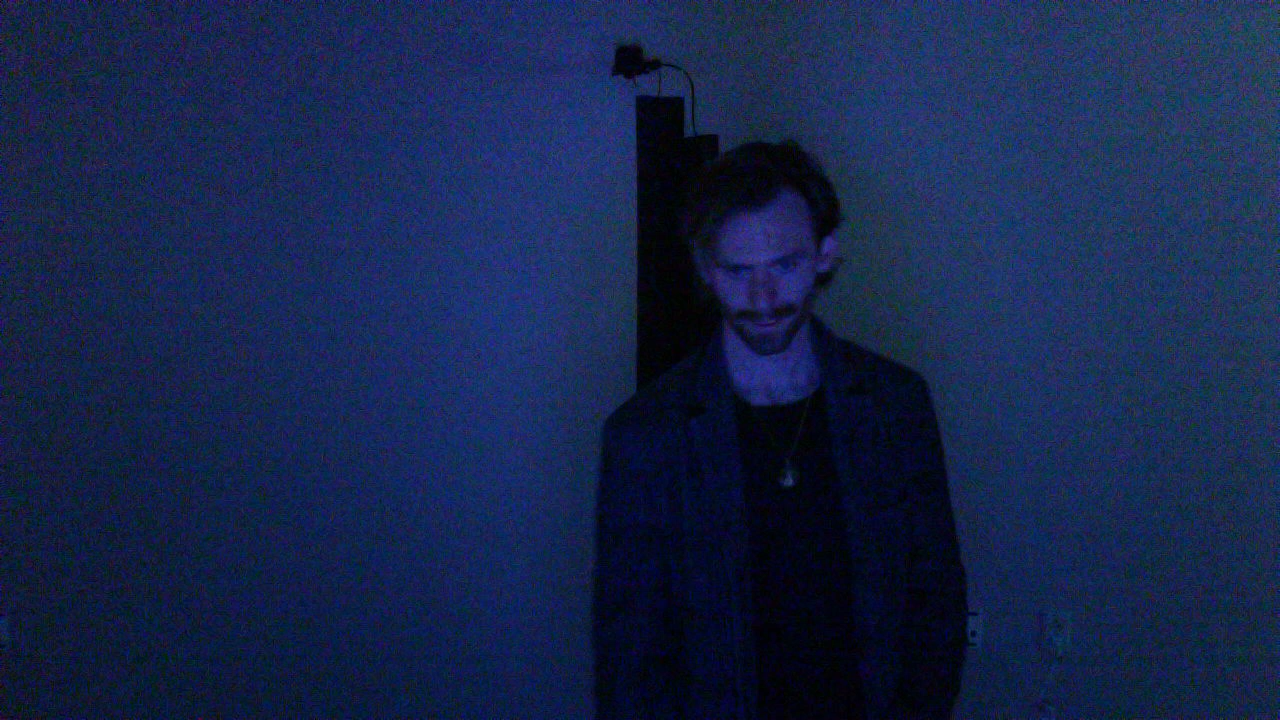




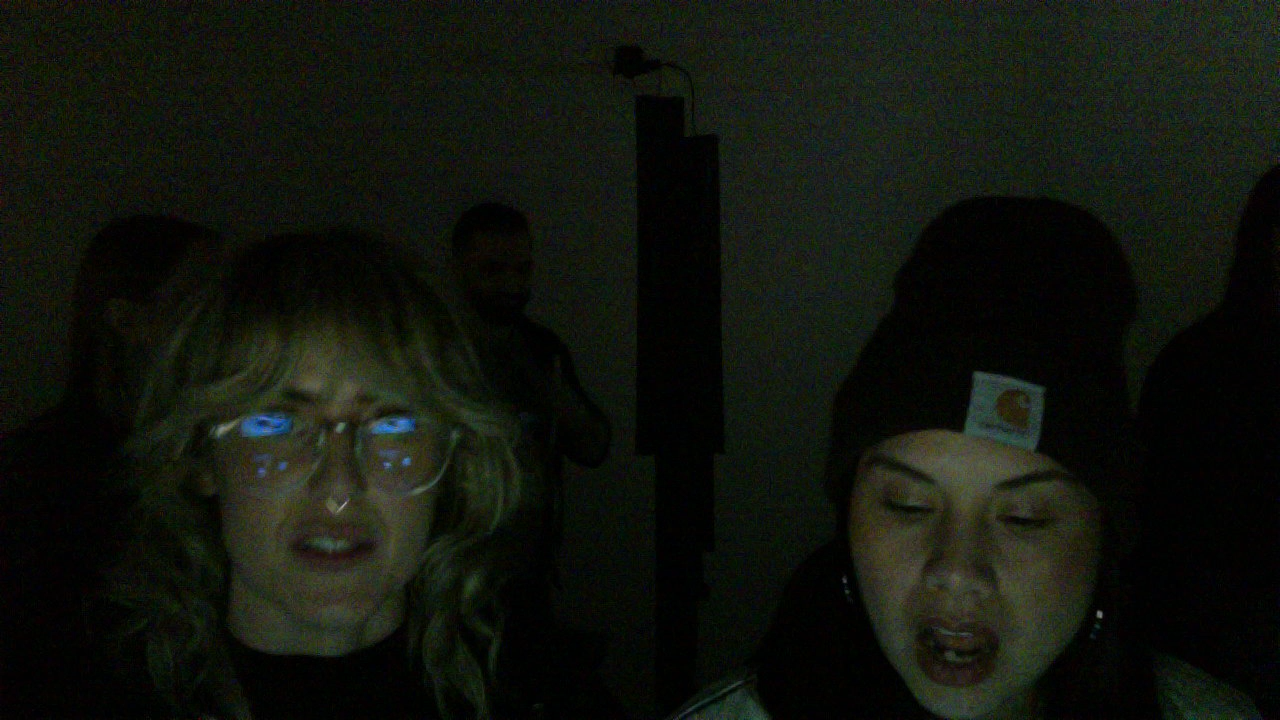
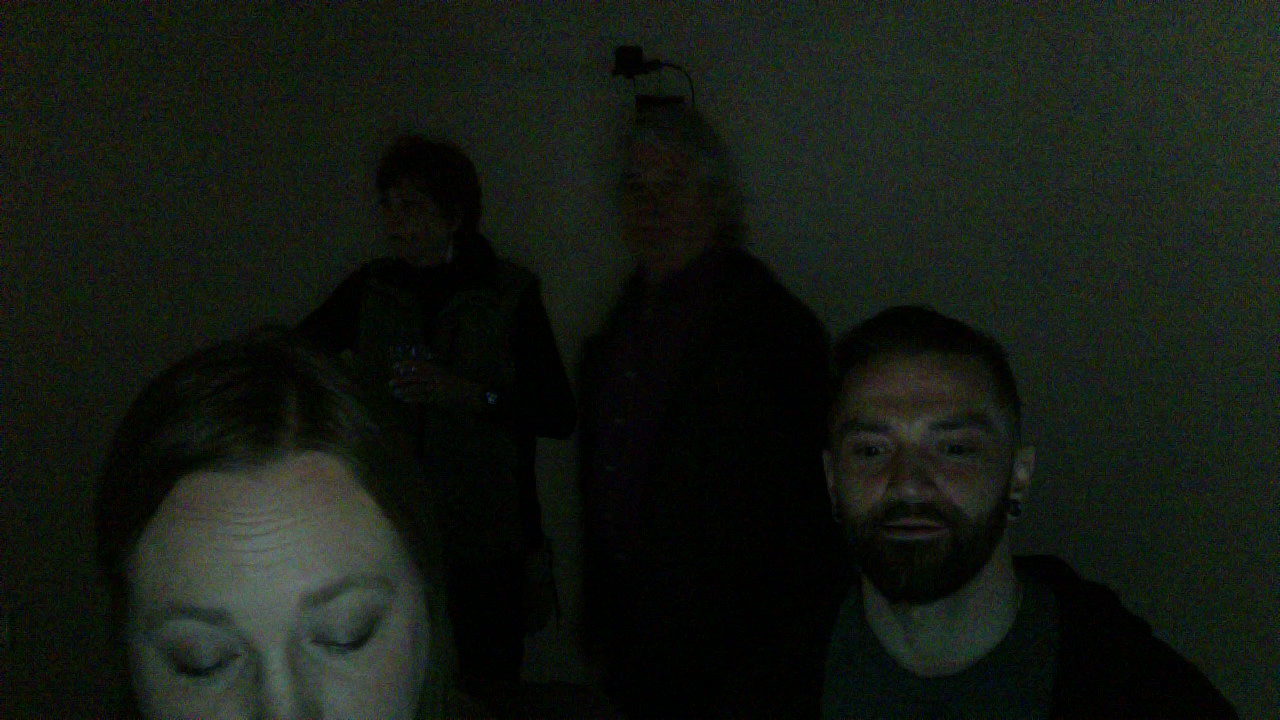
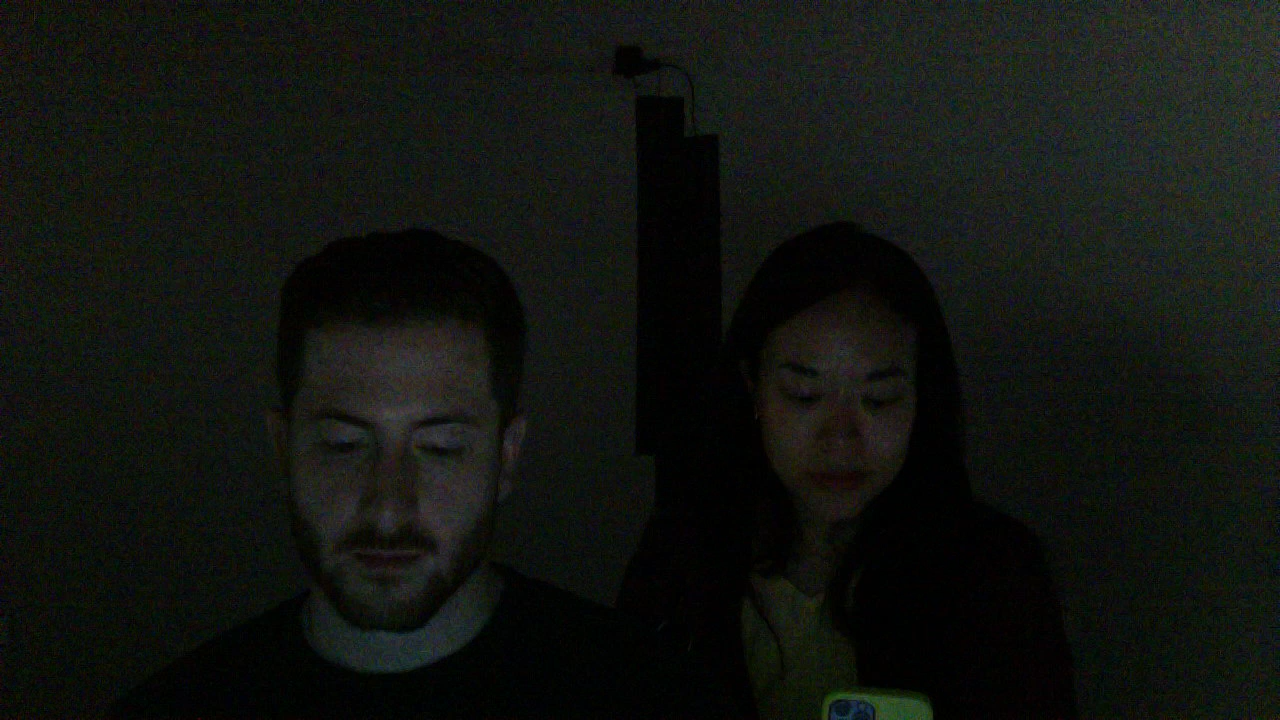
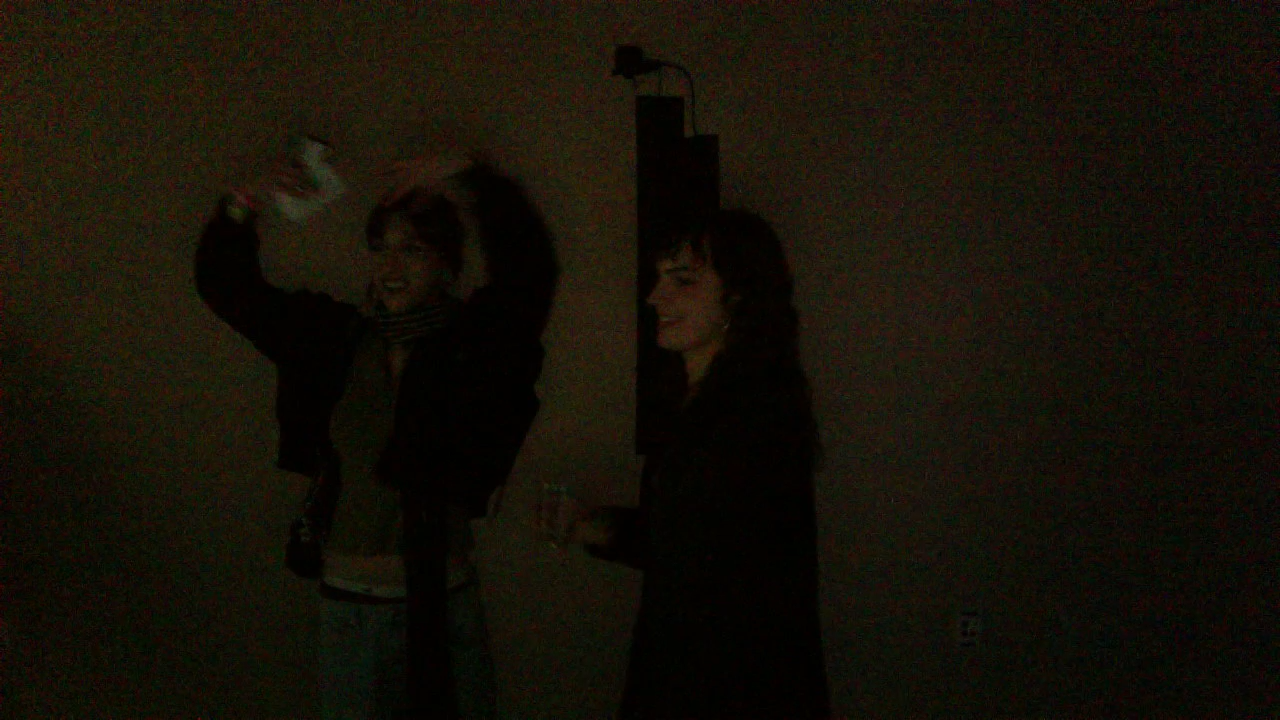

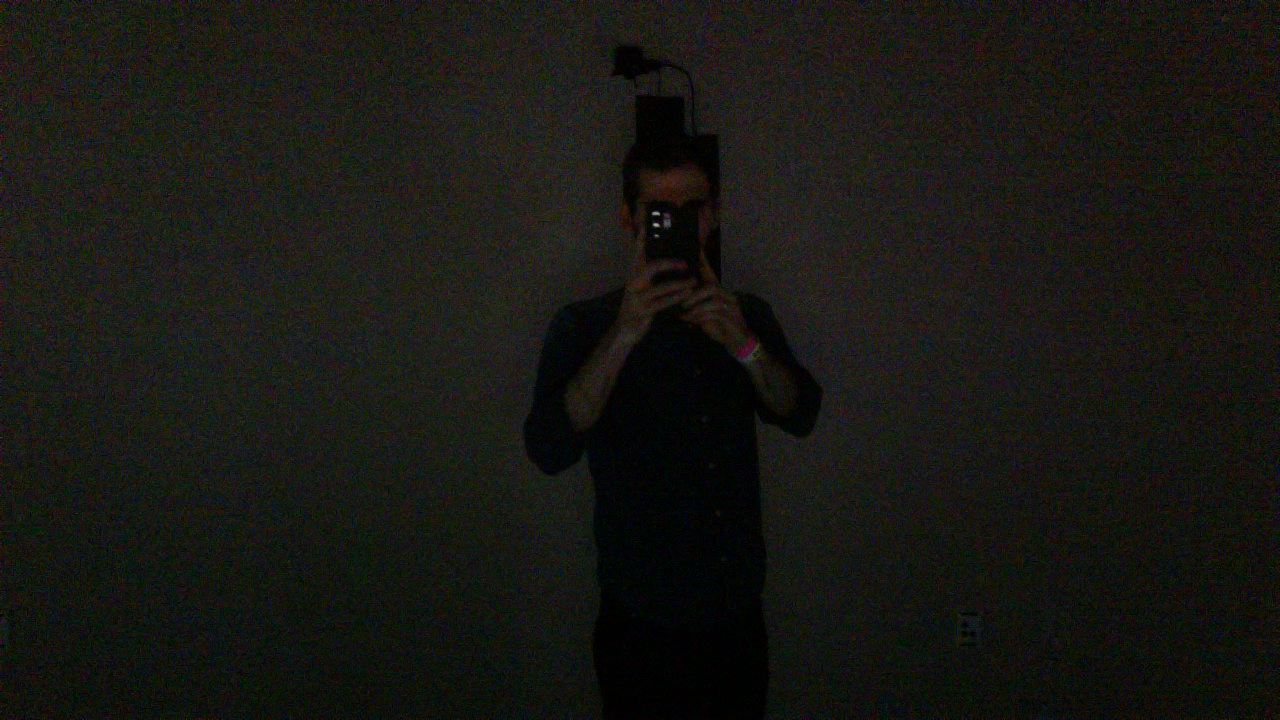
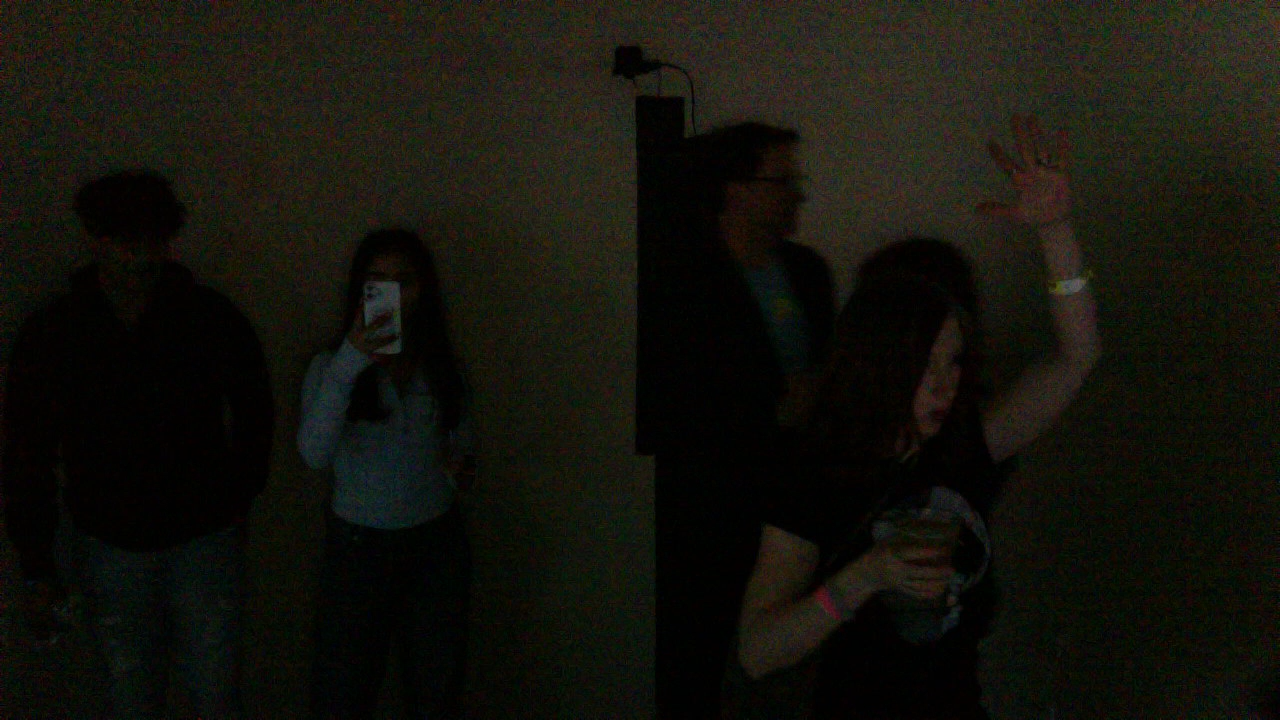
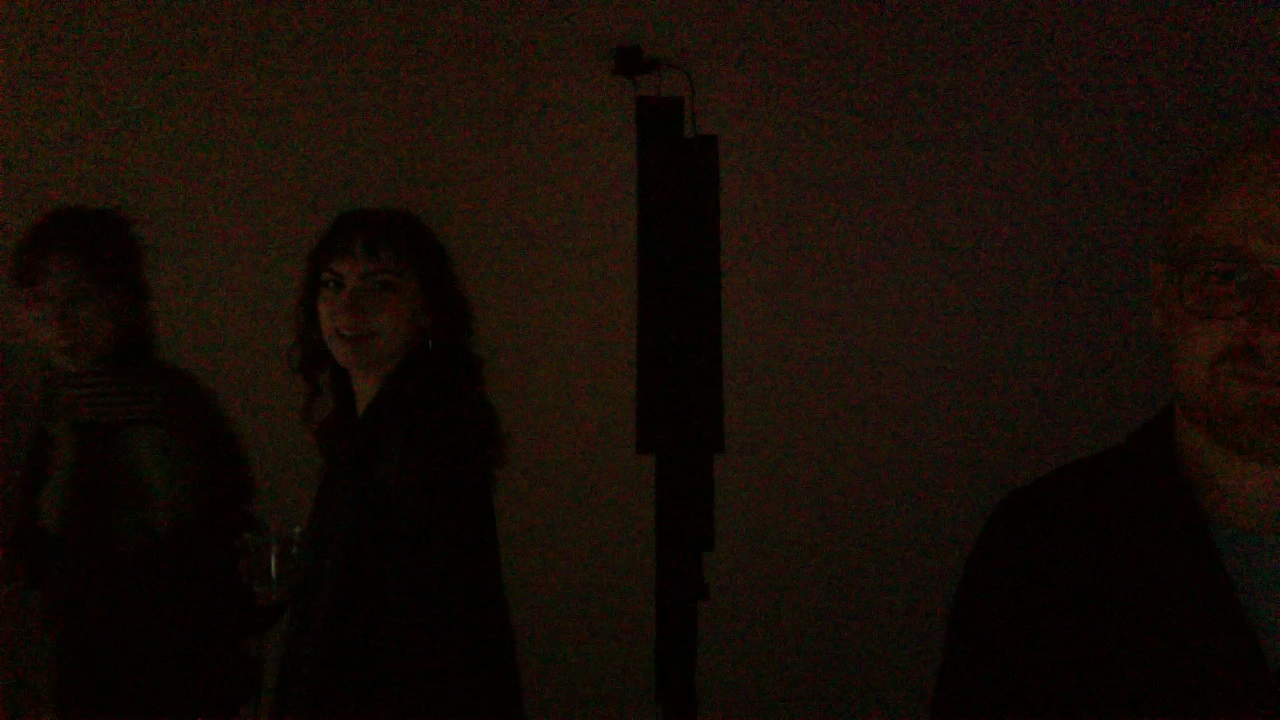
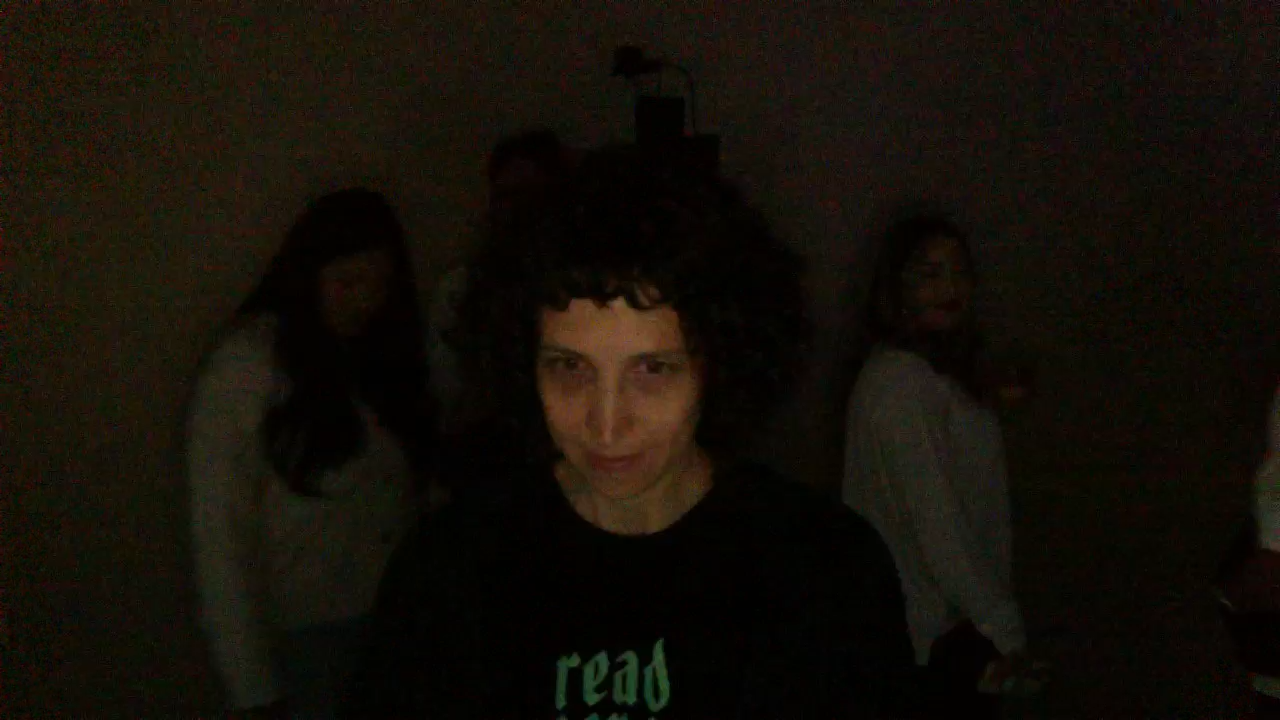
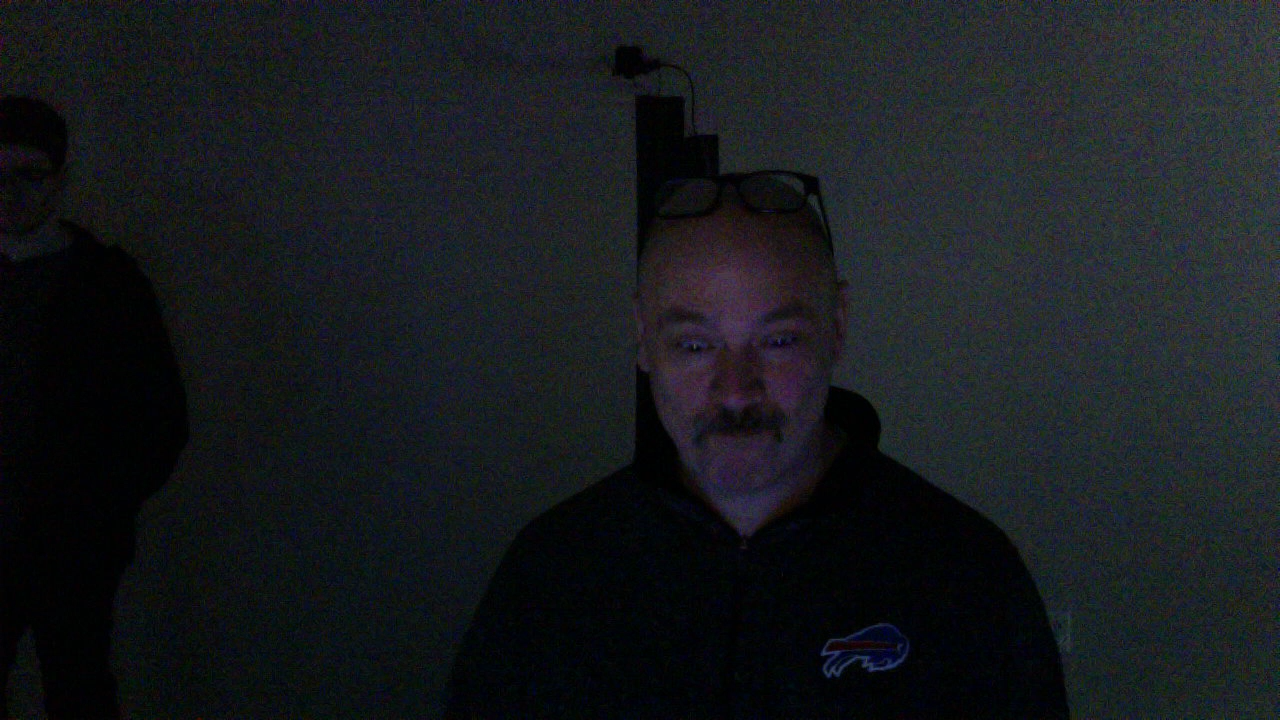
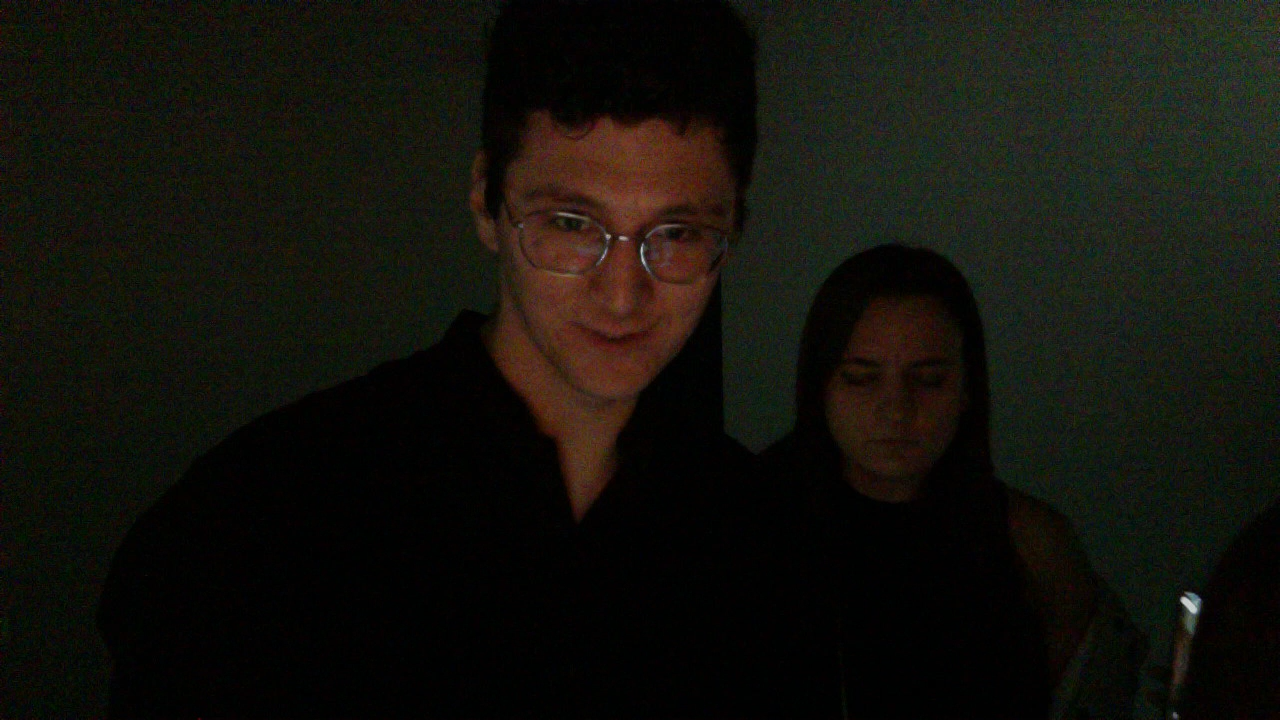
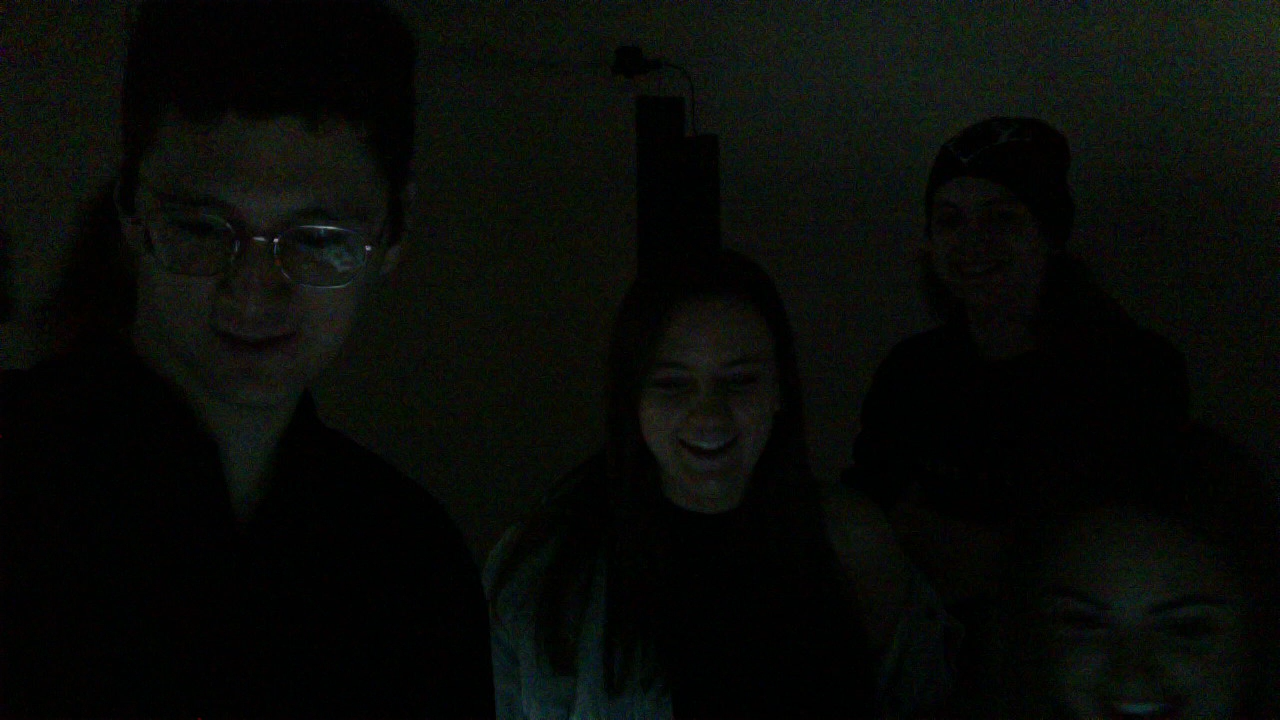
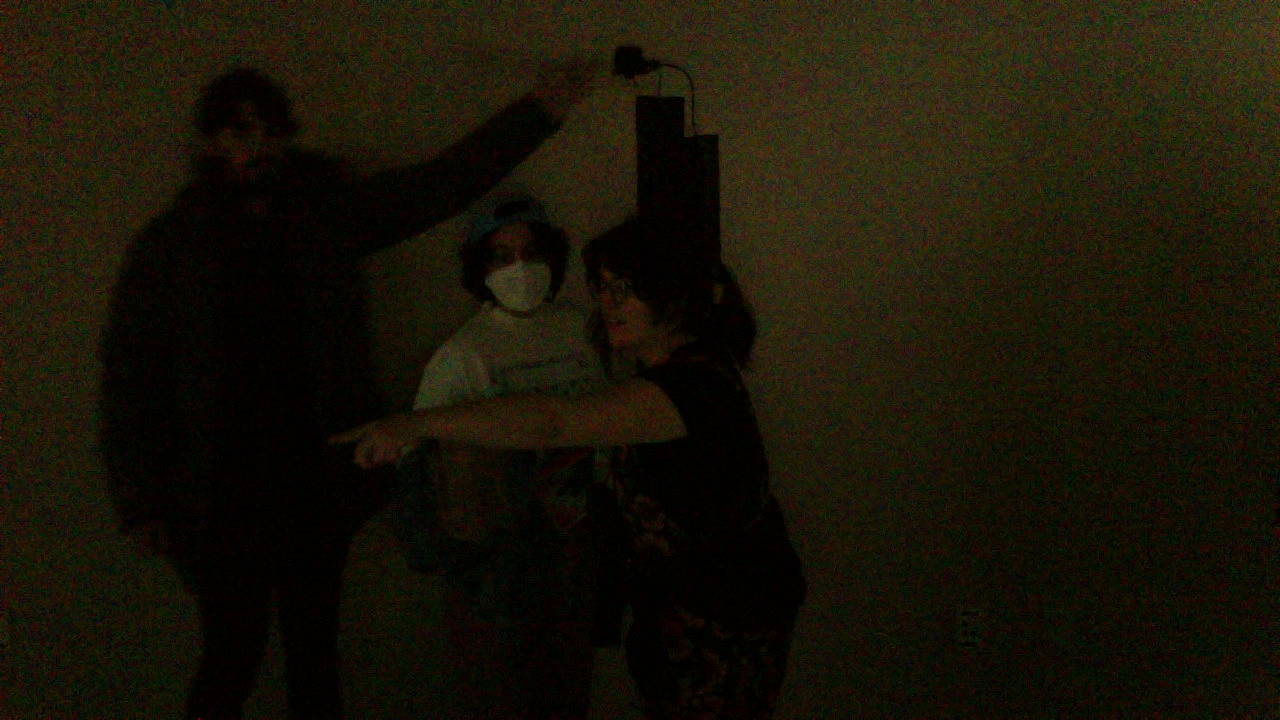



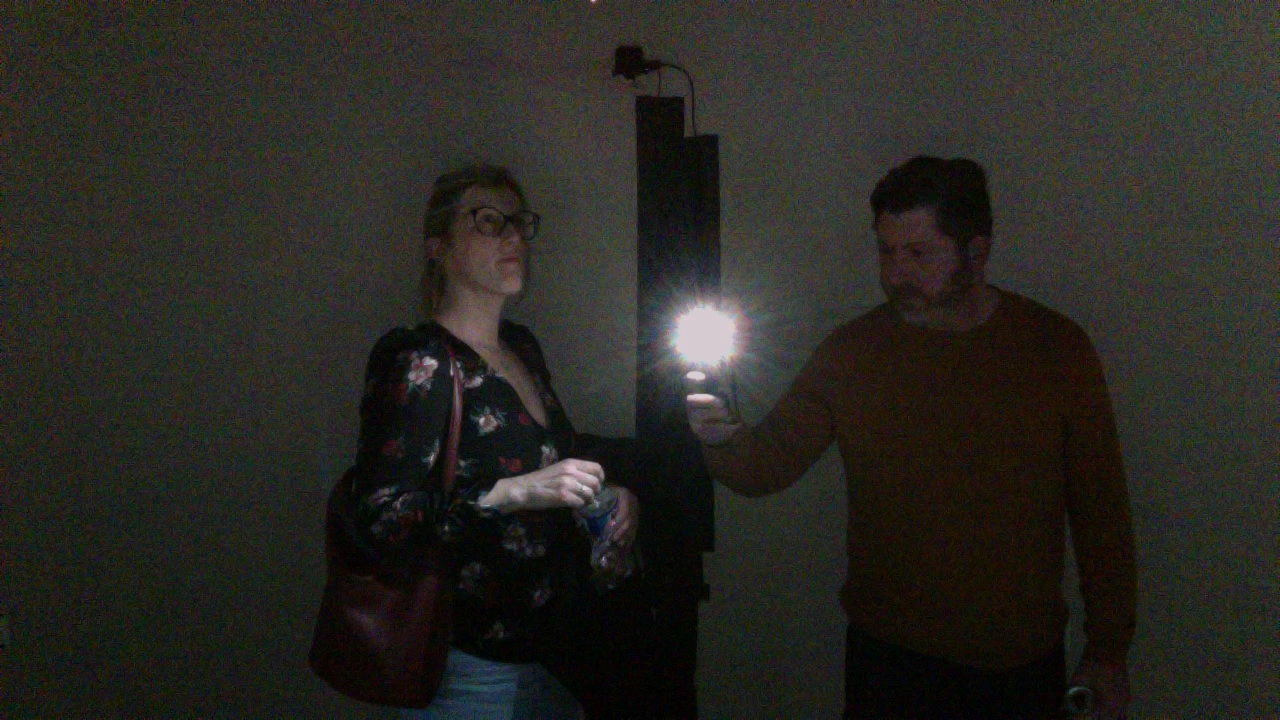
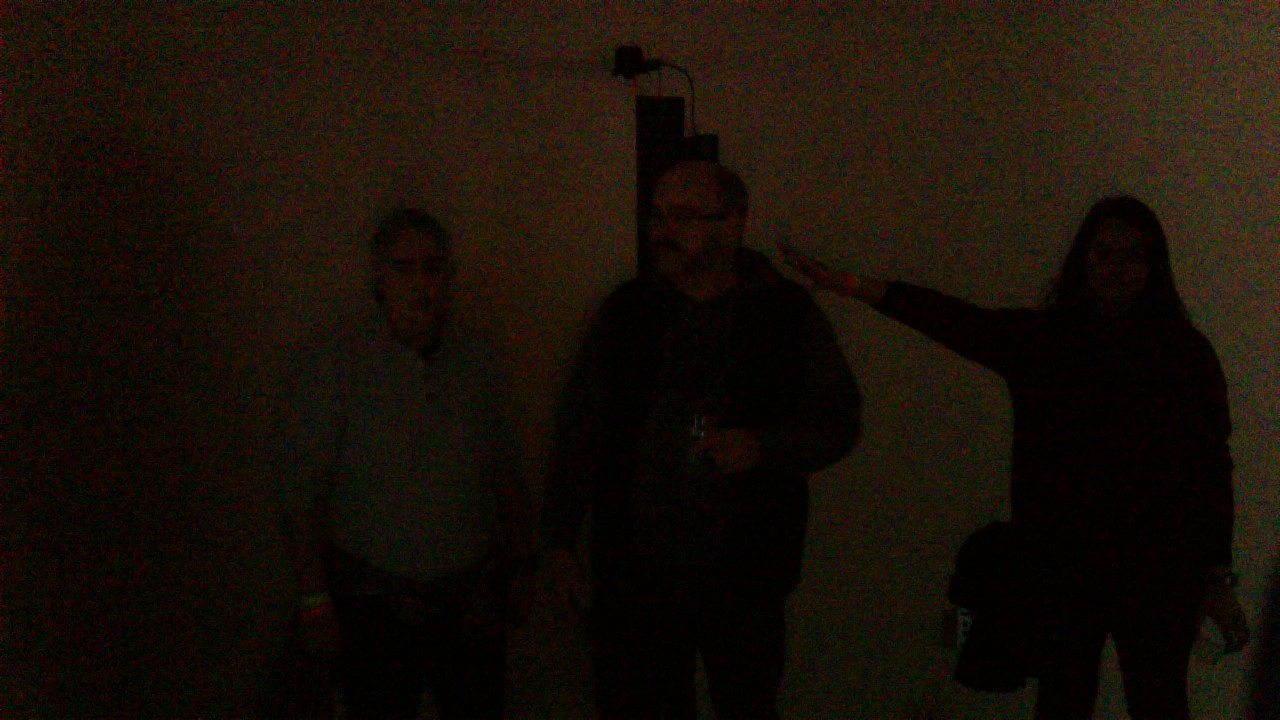



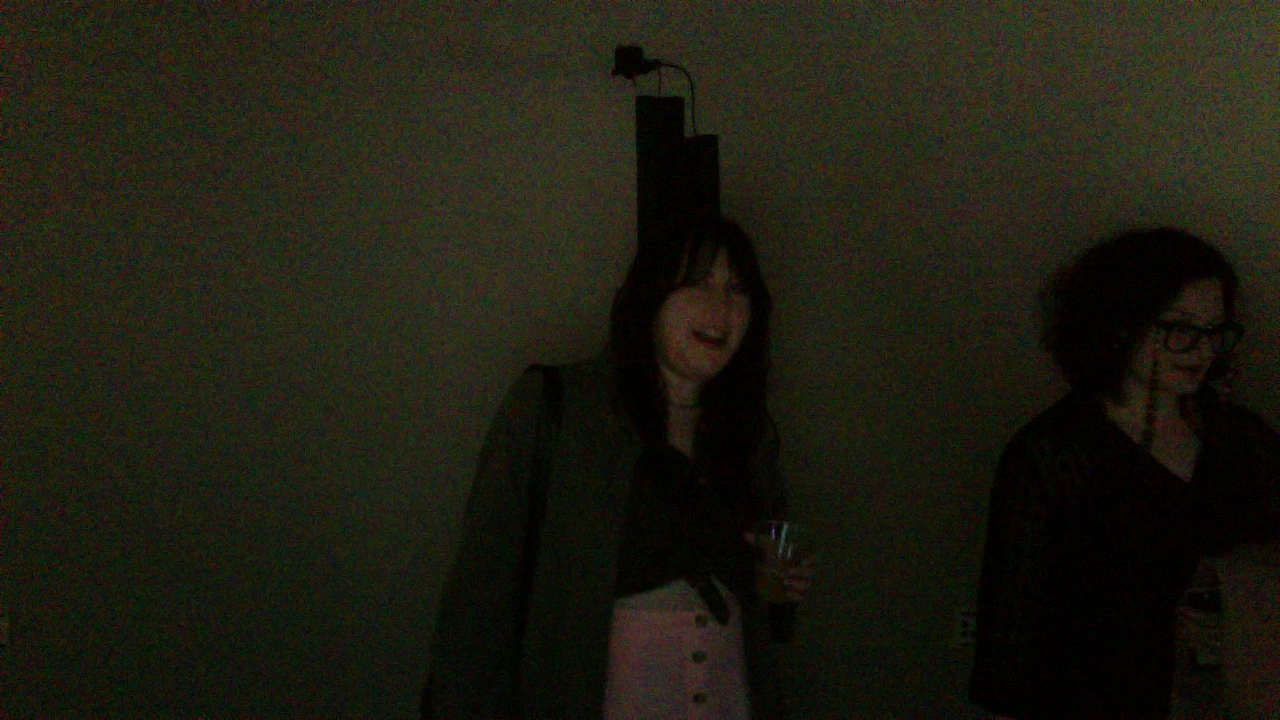
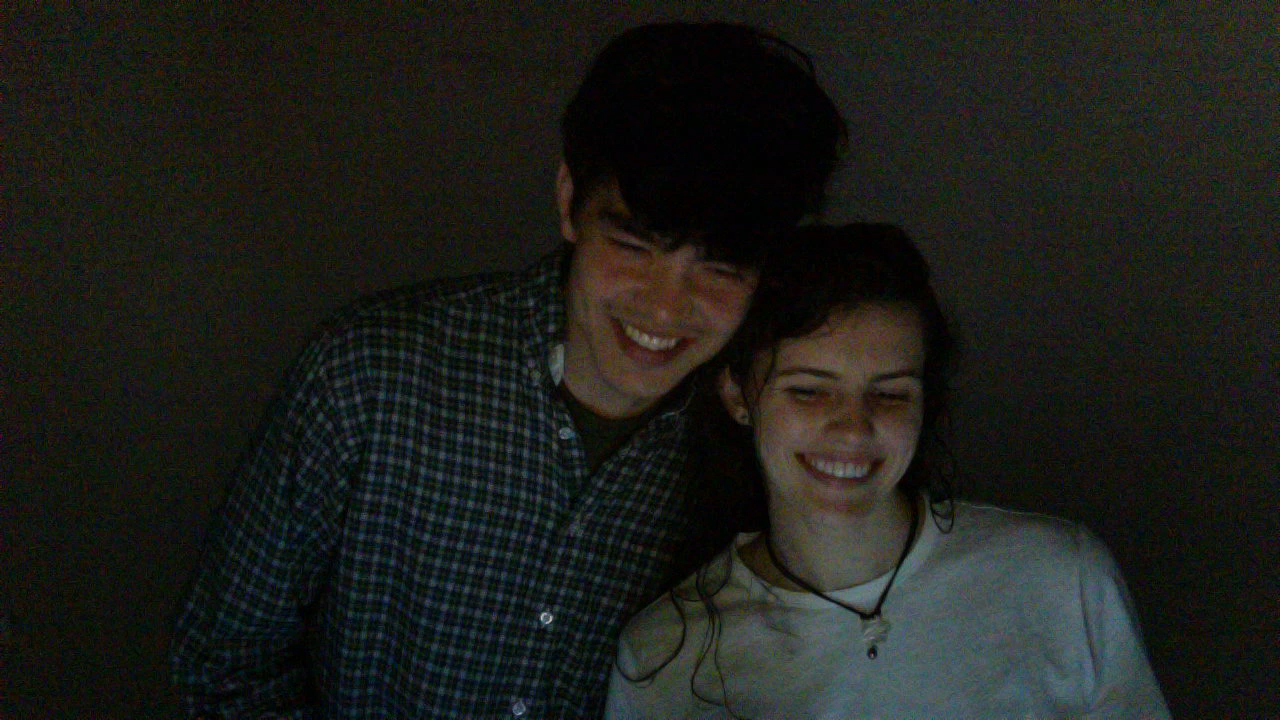
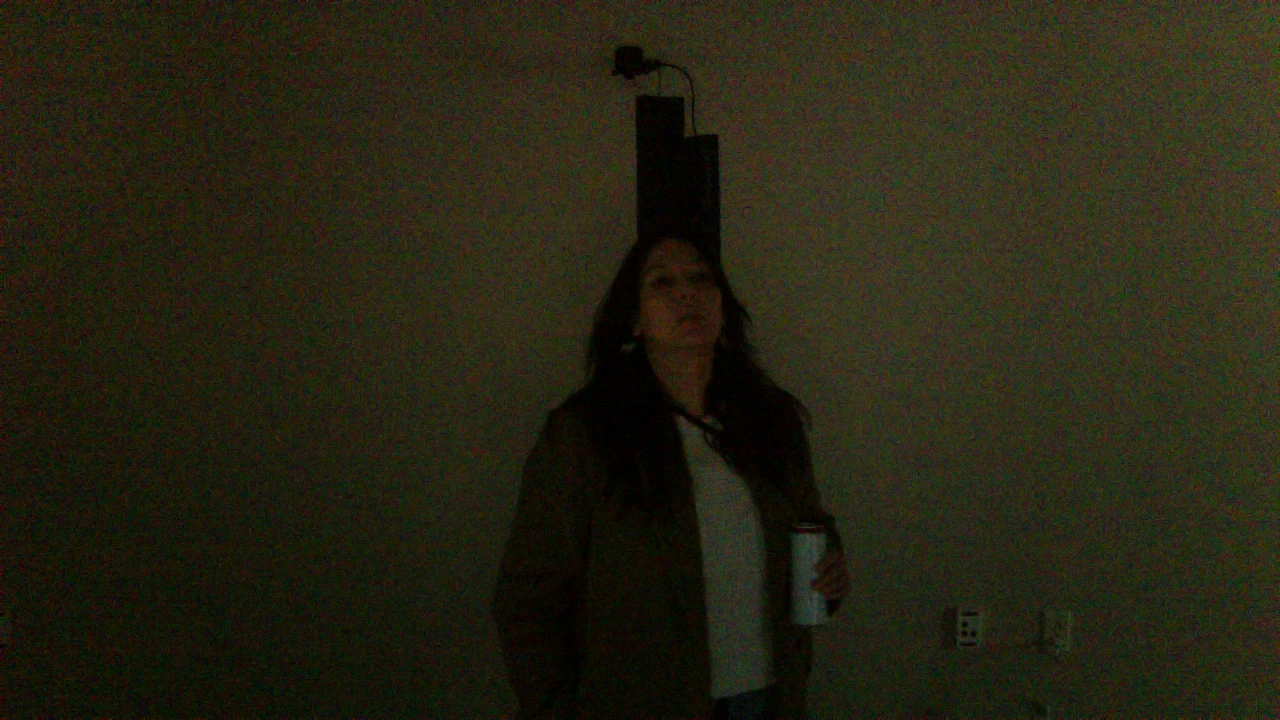


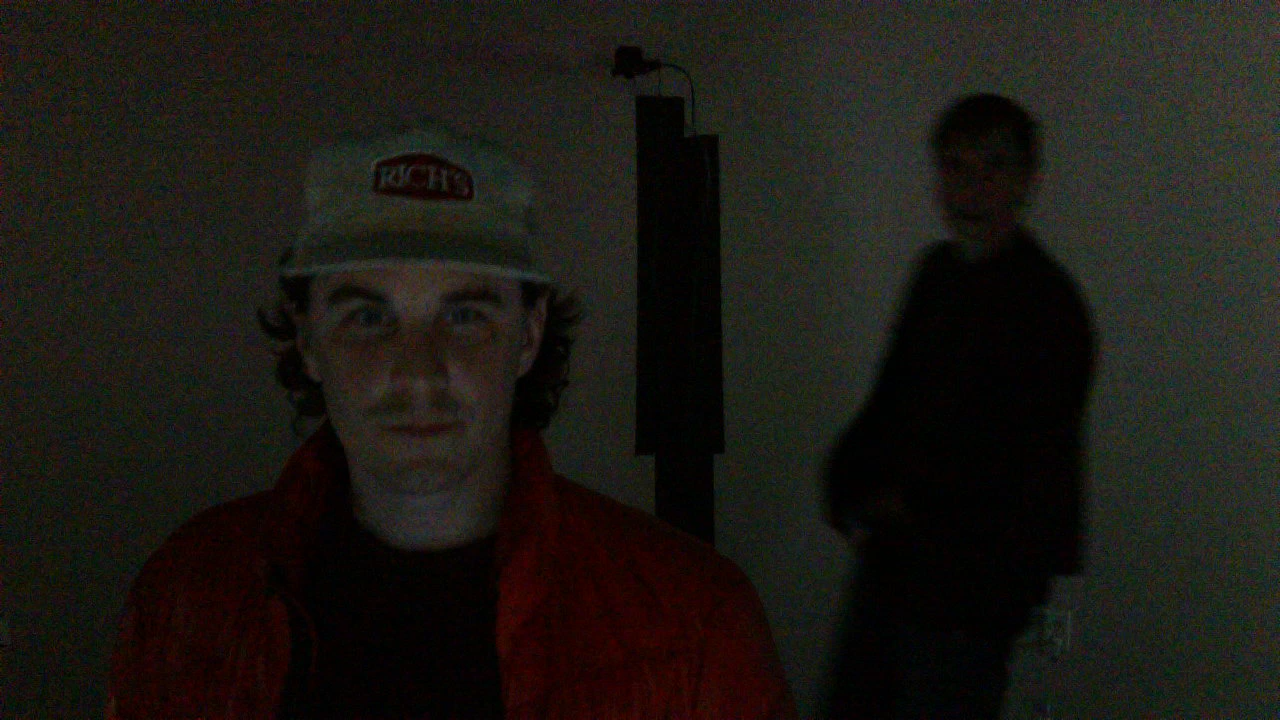



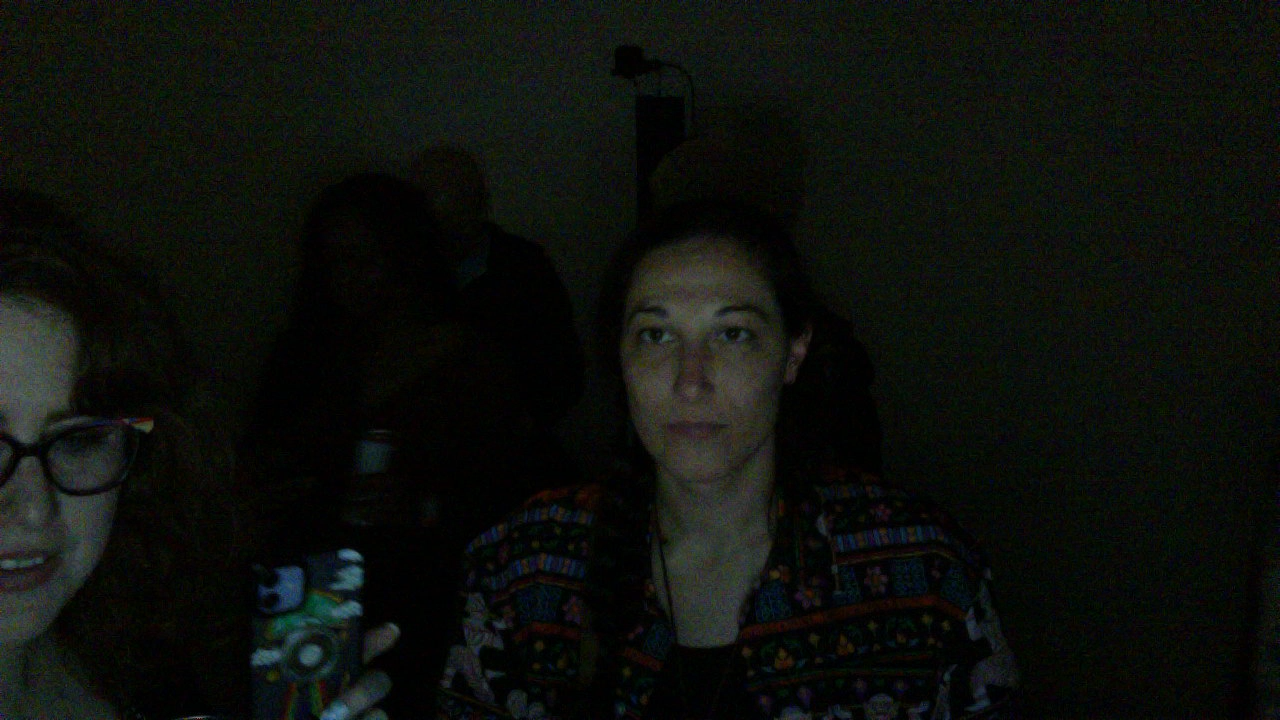



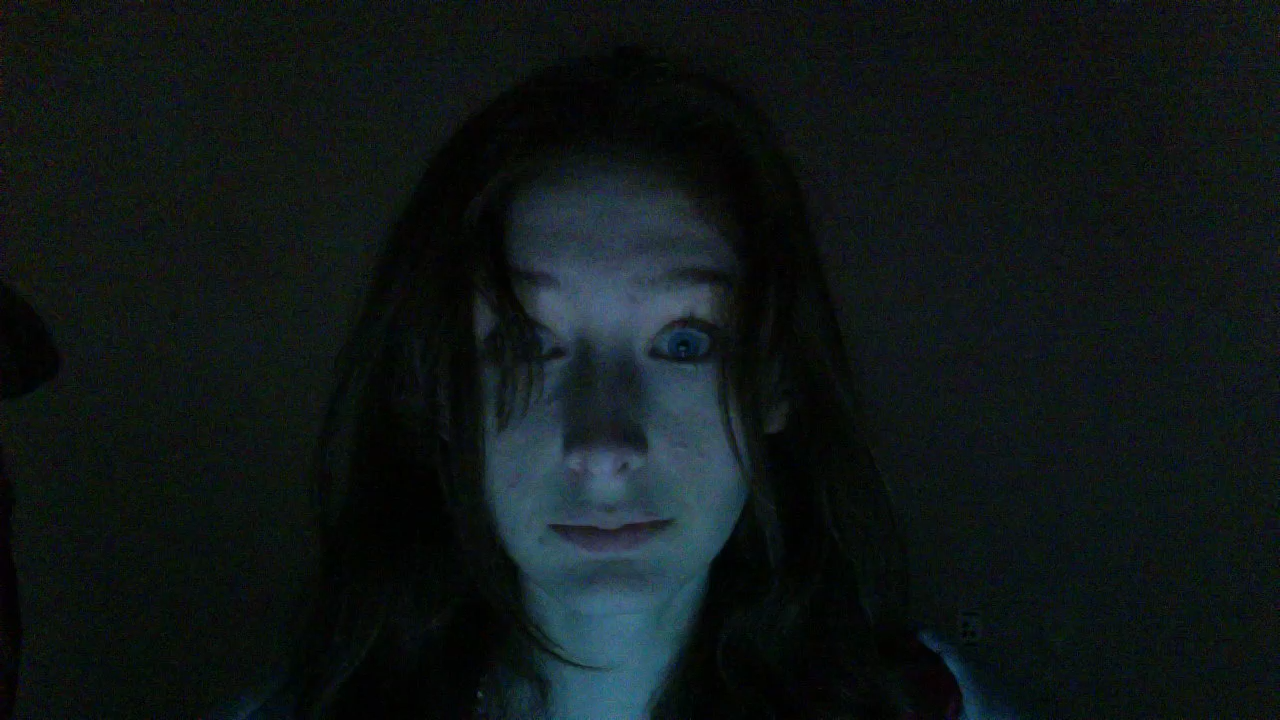

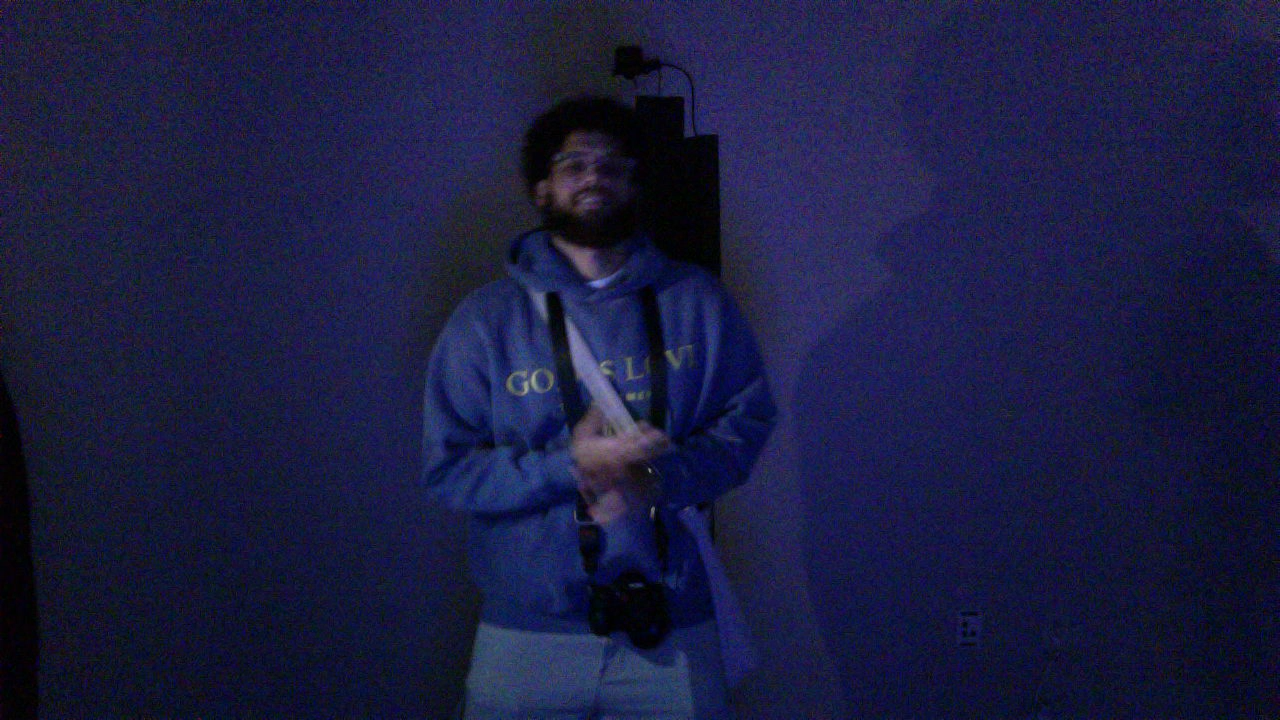

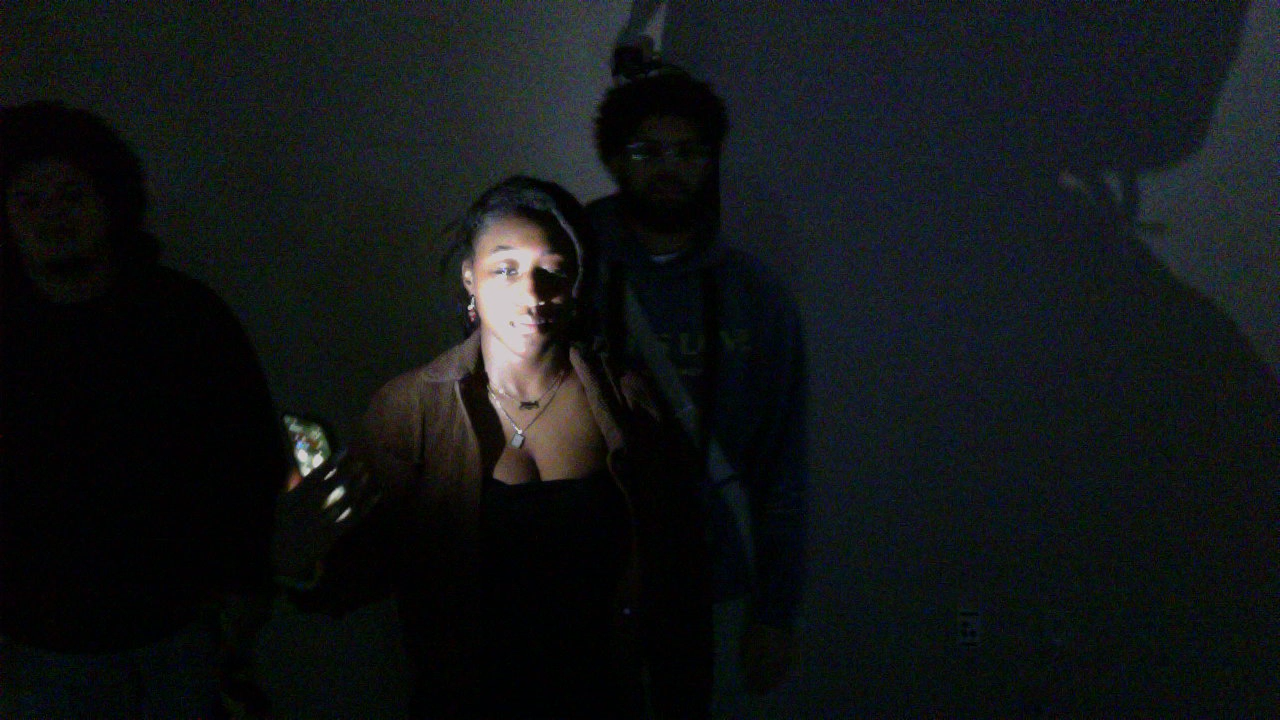



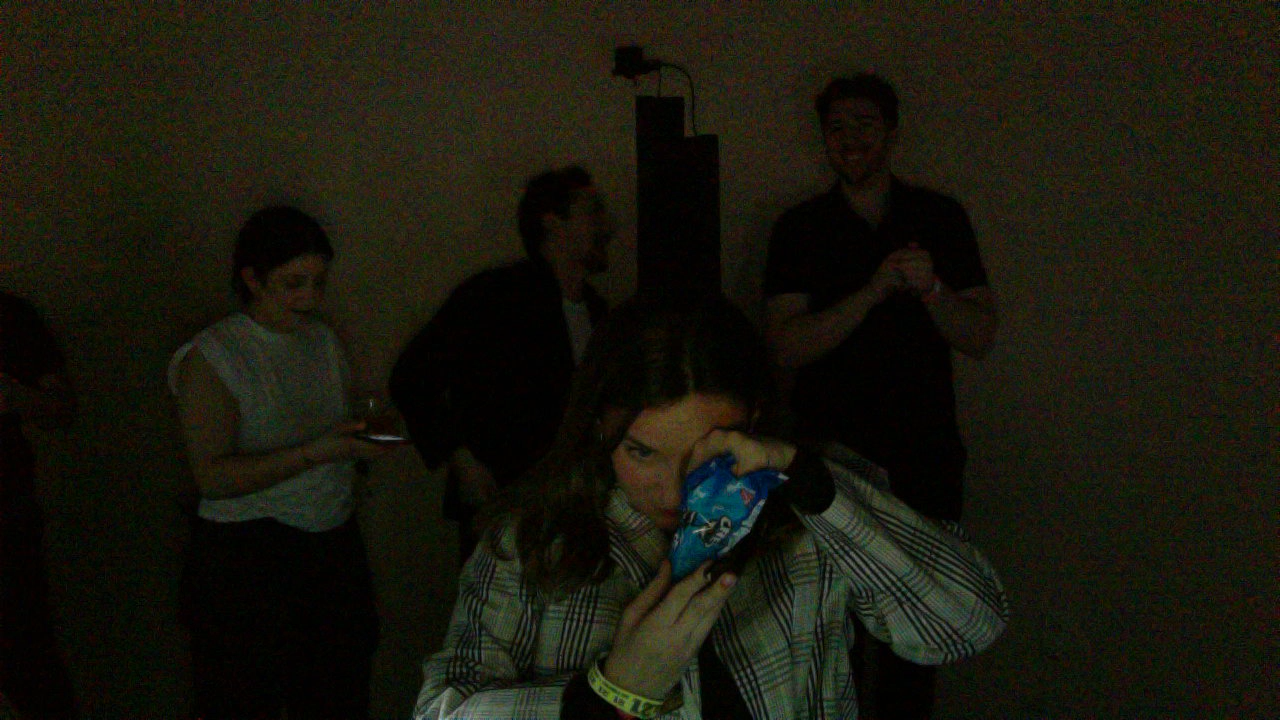
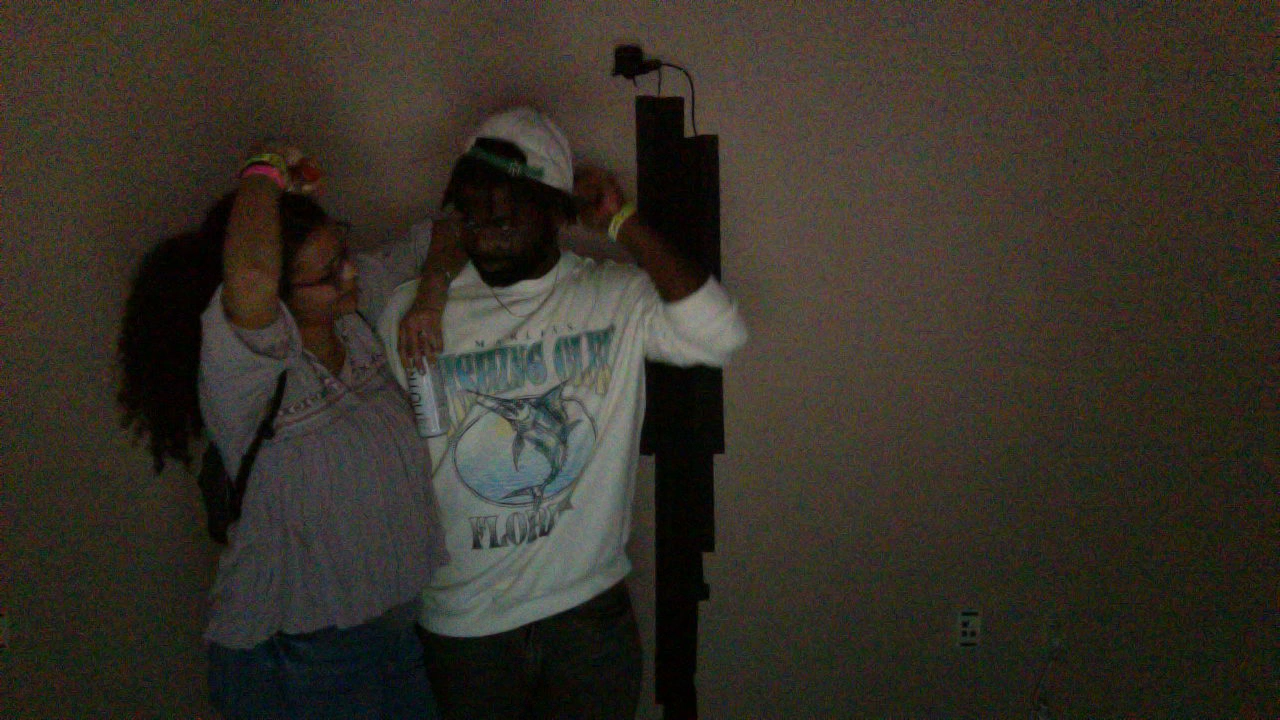

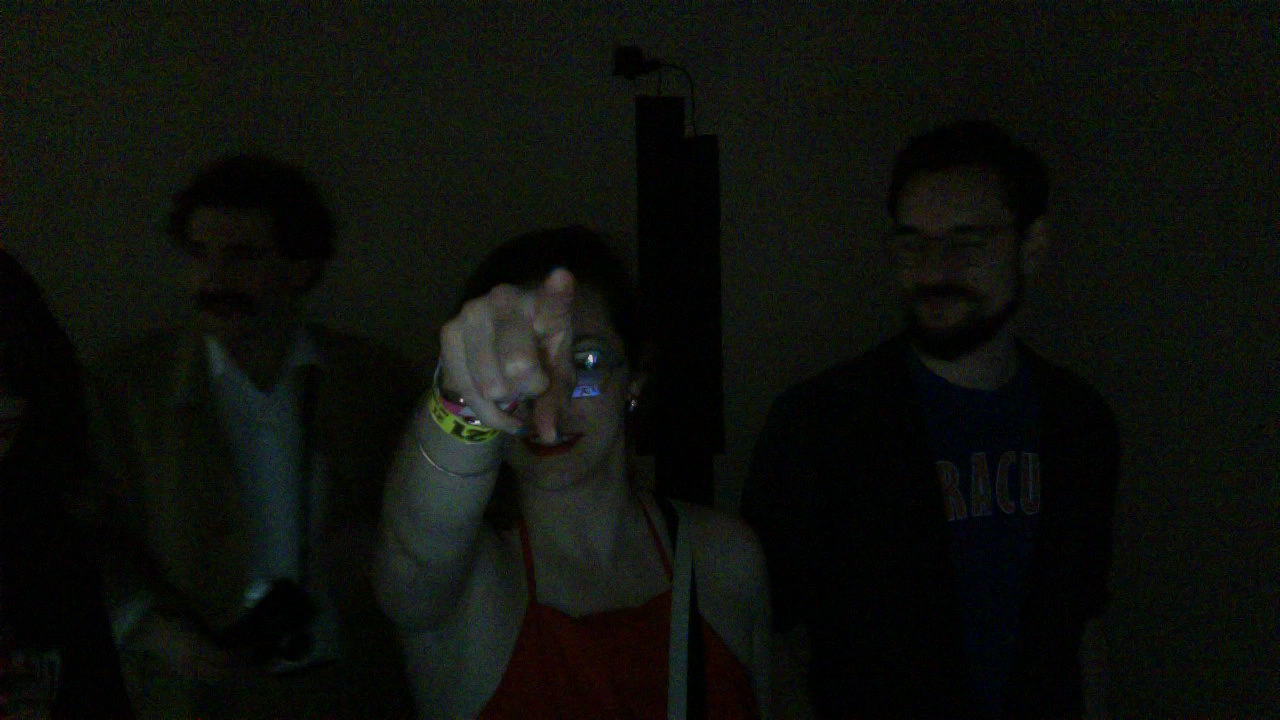

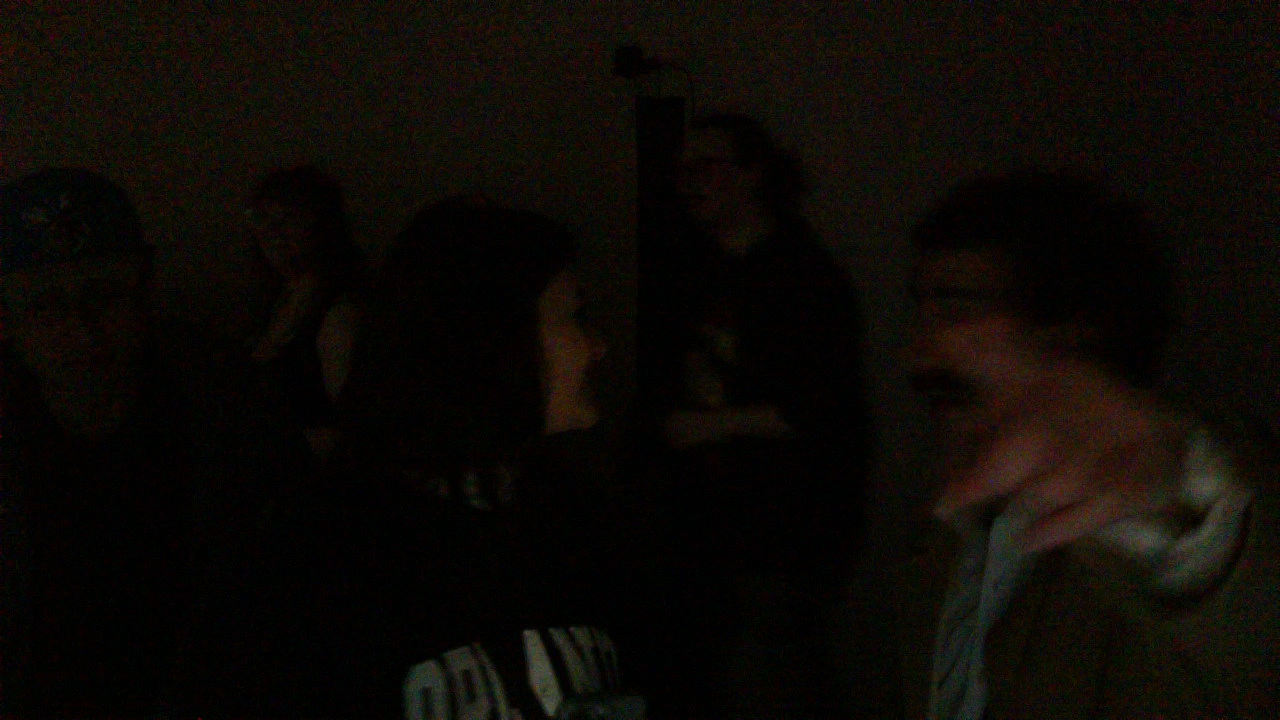

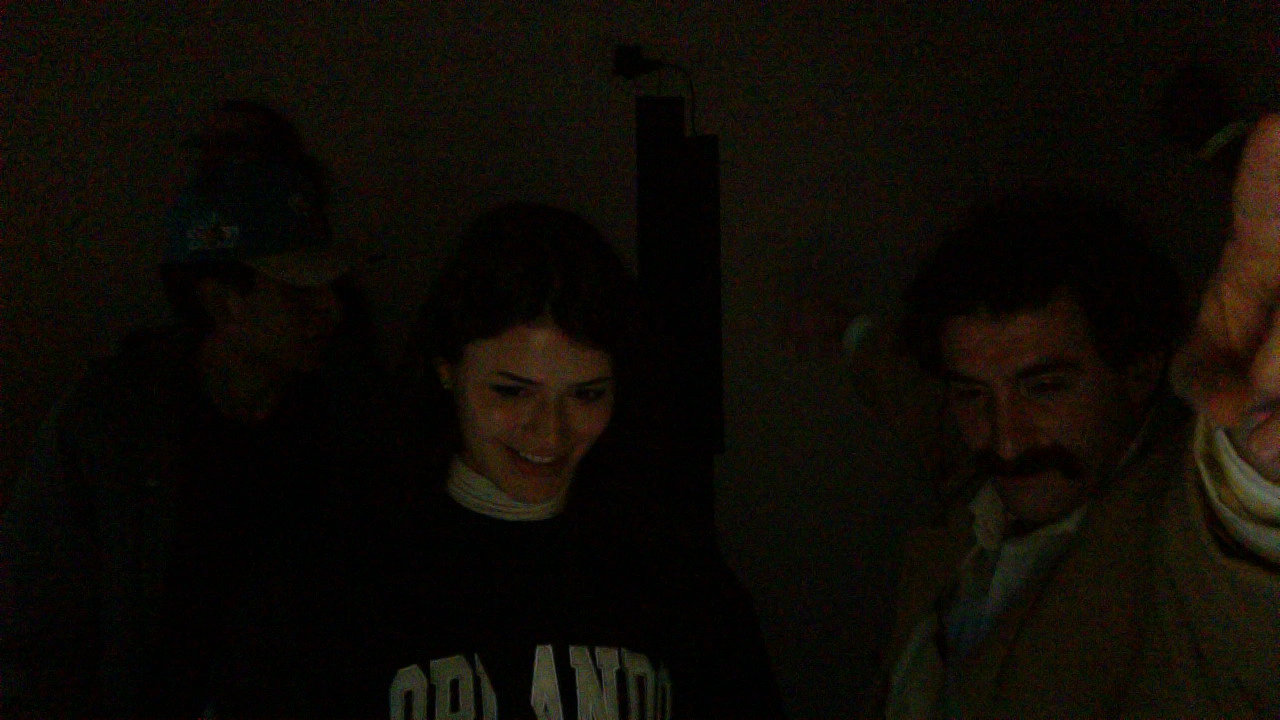



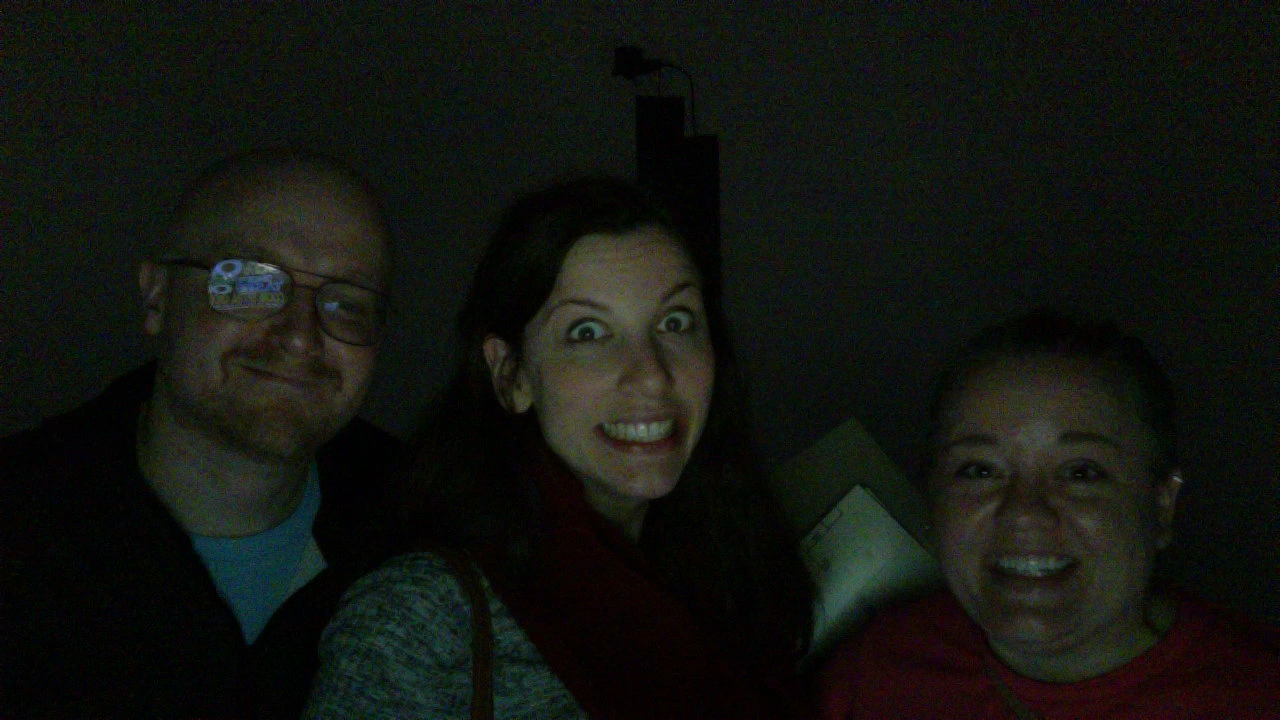
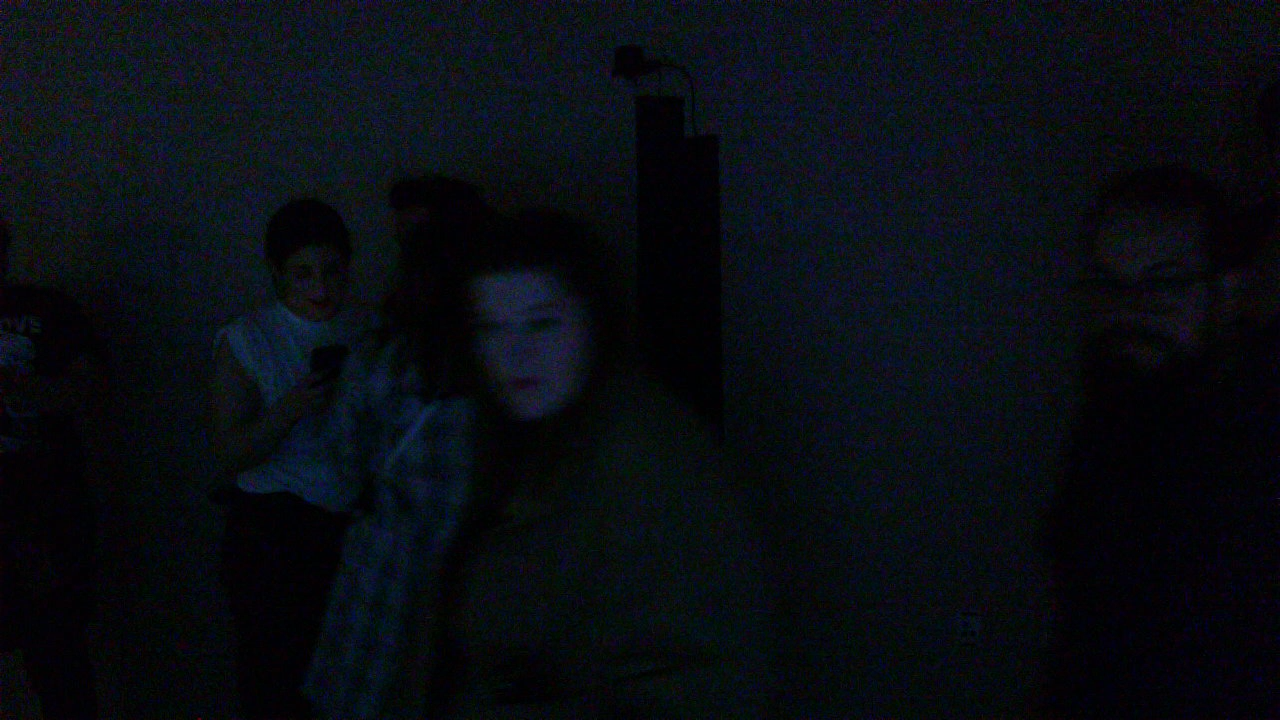
Installation Photos















Equipment View






About Me ︎ Curriculum Vitae
Project Index︎︎︎
2023
Videosphere: You’re Always On A Screen Somewhere...
Brown Bunny
Inertia
2022
MAX Jitter Programming
FxR Versus AhR
Async Rolling
Always On
Enframing Rey
The Vidiot
Computer Home Entertainment
2021
Machine Learning: ATM
Pursuing Earth
THE LIBERTARIAN
Wiley World Wide Weather
ReWind Compressor
Discarding Earth
Being A Passenger
2020
Can(t) See Me Now!
ColorPress Brush
White Ball Flux Brush
THE APP
2019
PATS
2018
Ice Cream Drone
2015
Vanilla ISIS
2017
Invisible Foci
2014
Digital Synthesis Illustration
2013
Rood World
Synthesis Ilustration
2011
Verse
Master (Series)
Video Being
2010
Dance Aches
Bangalor
︎ macherno@buffalo.edu
︎ videoarchaeology
︎ michaelchenoff
︎ michaelchernoff
︎ videosignified
︎ michaelchernoff
︎ Videosphere
©2010-2023 Michael Chernoff